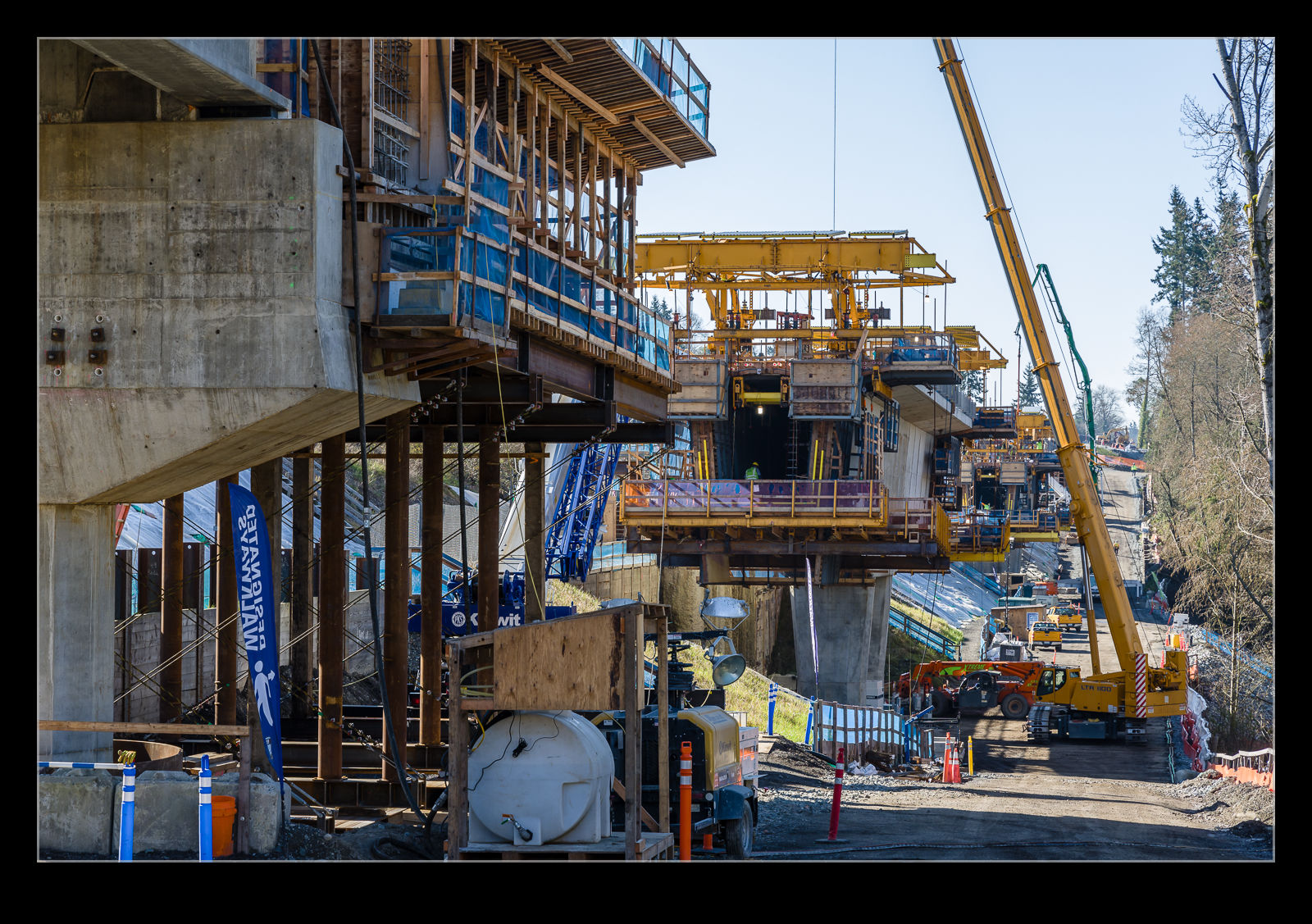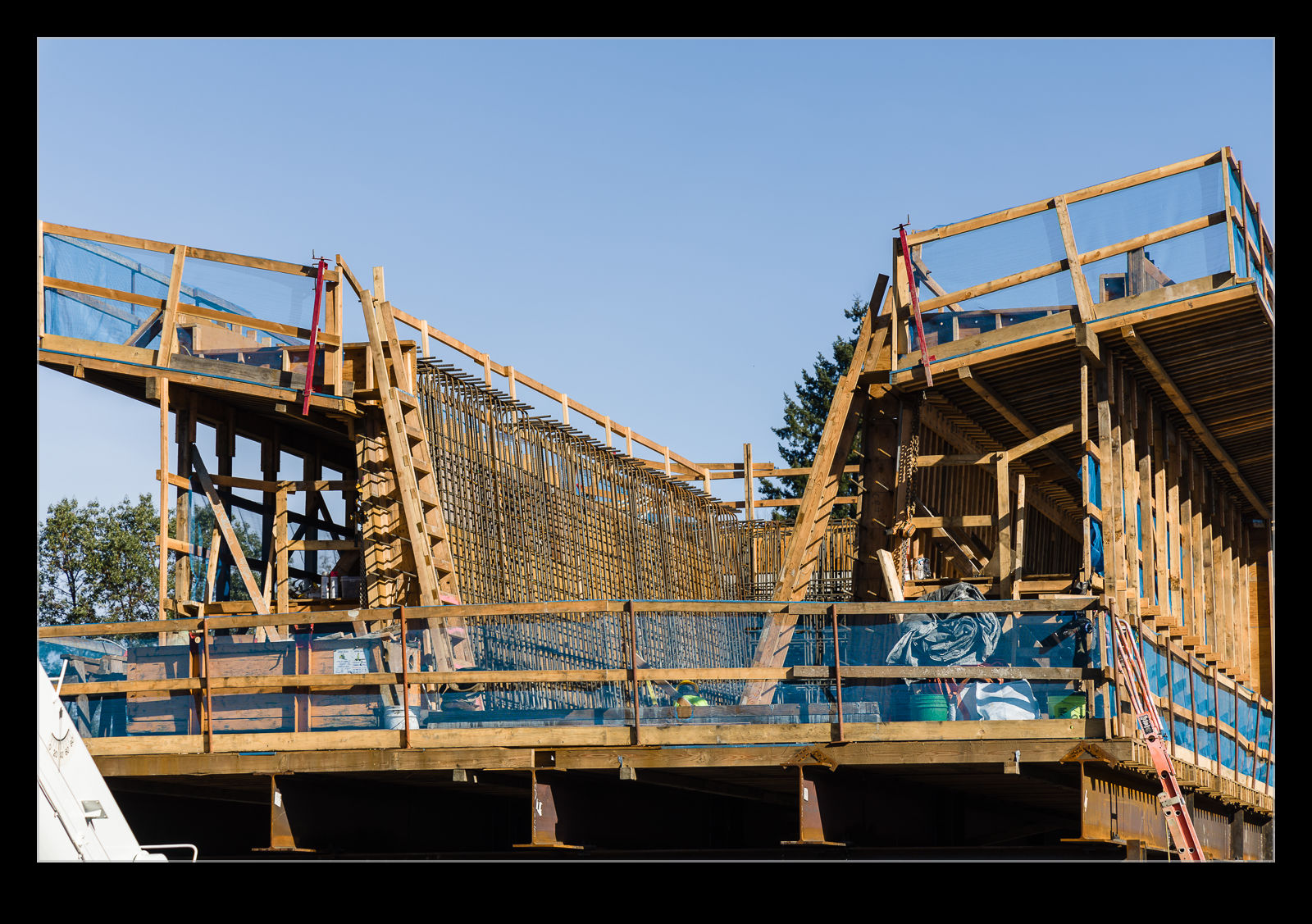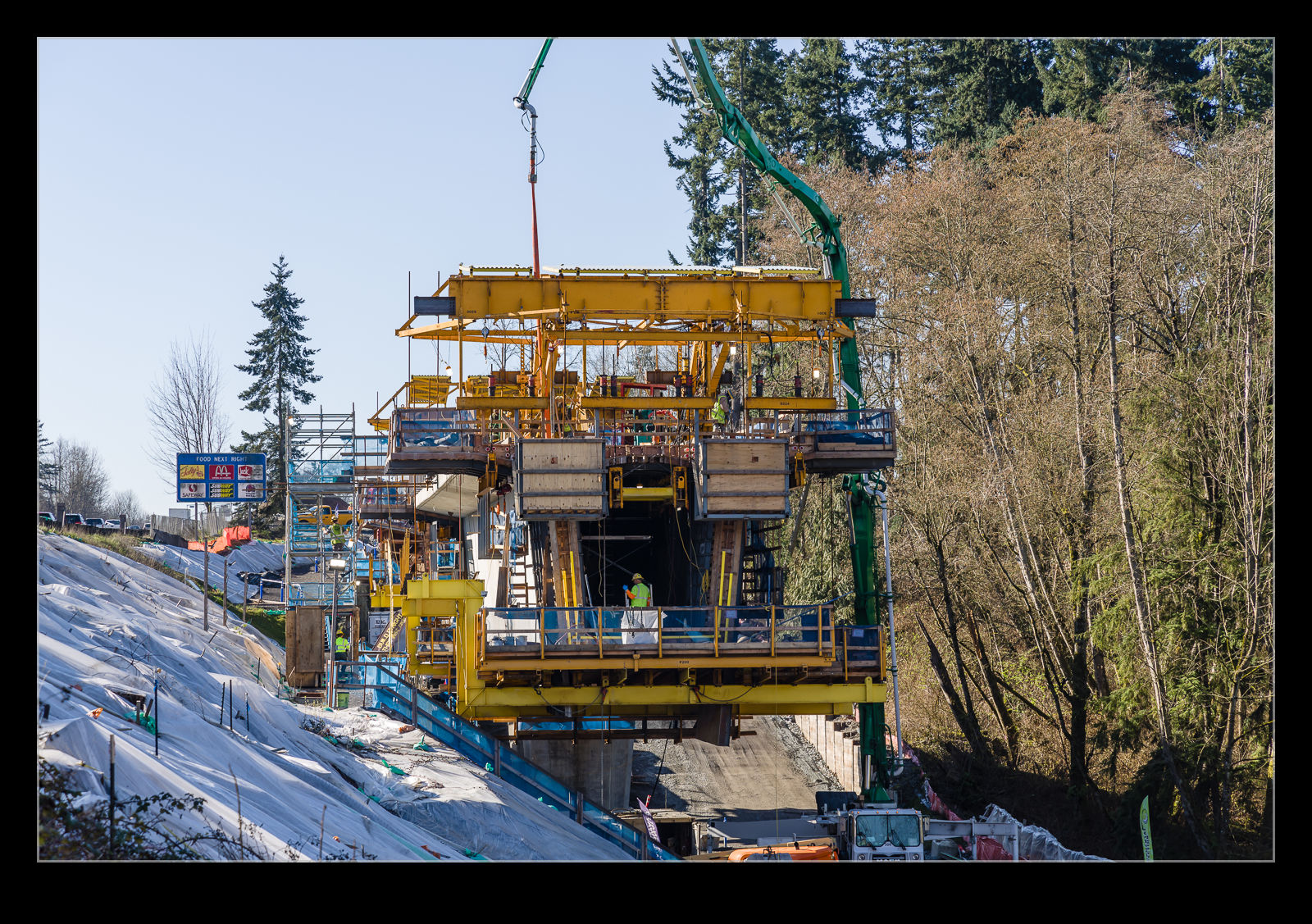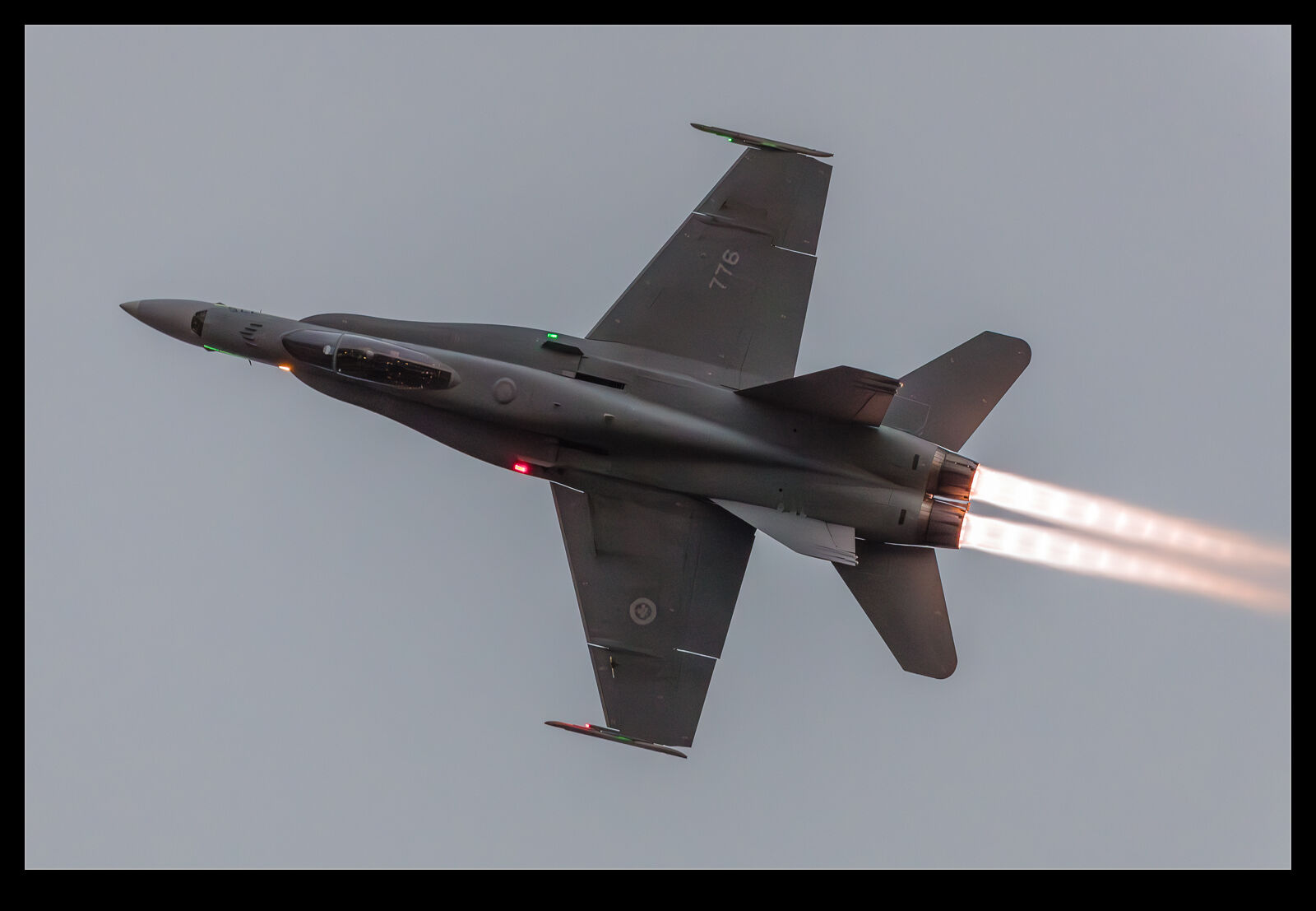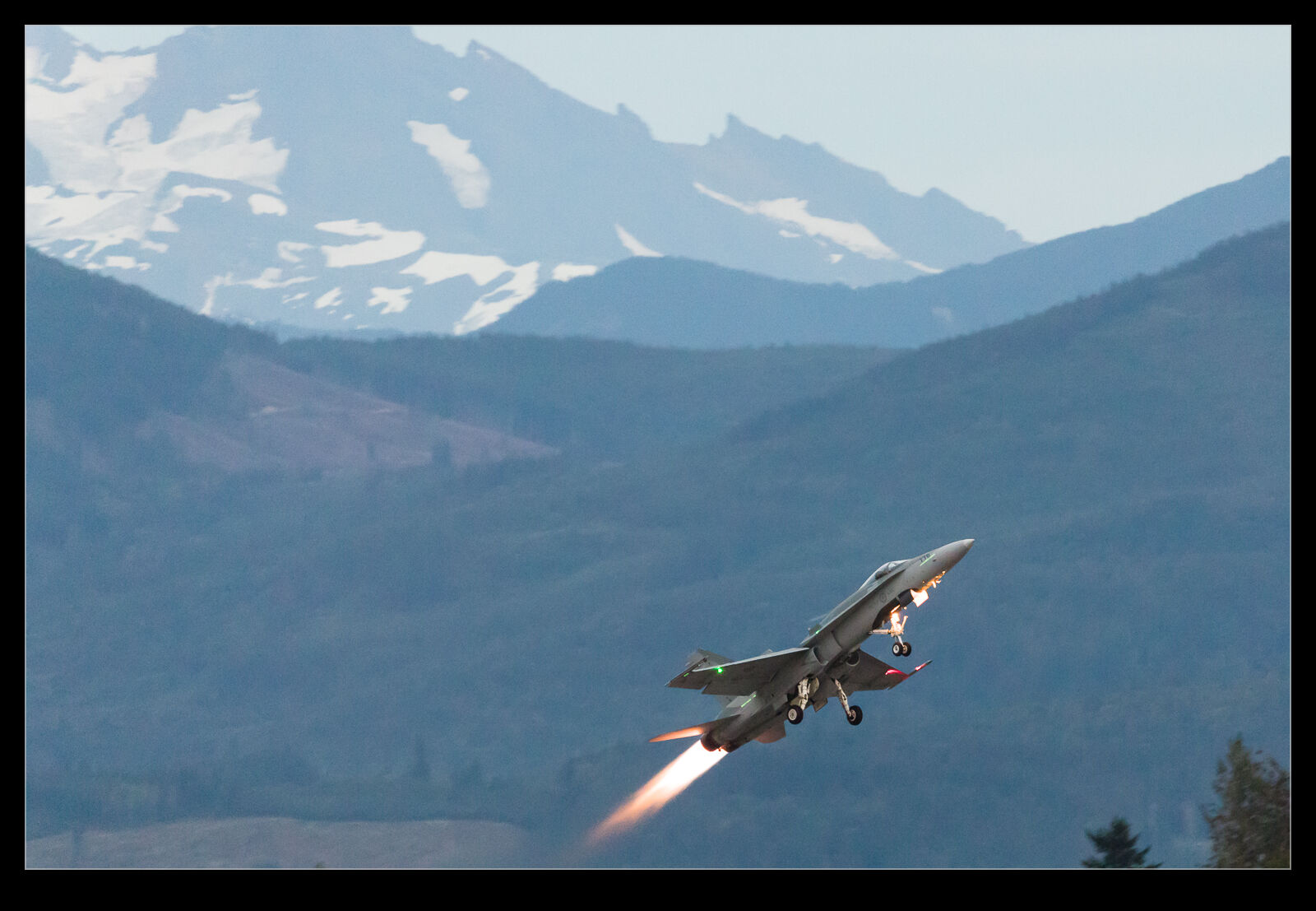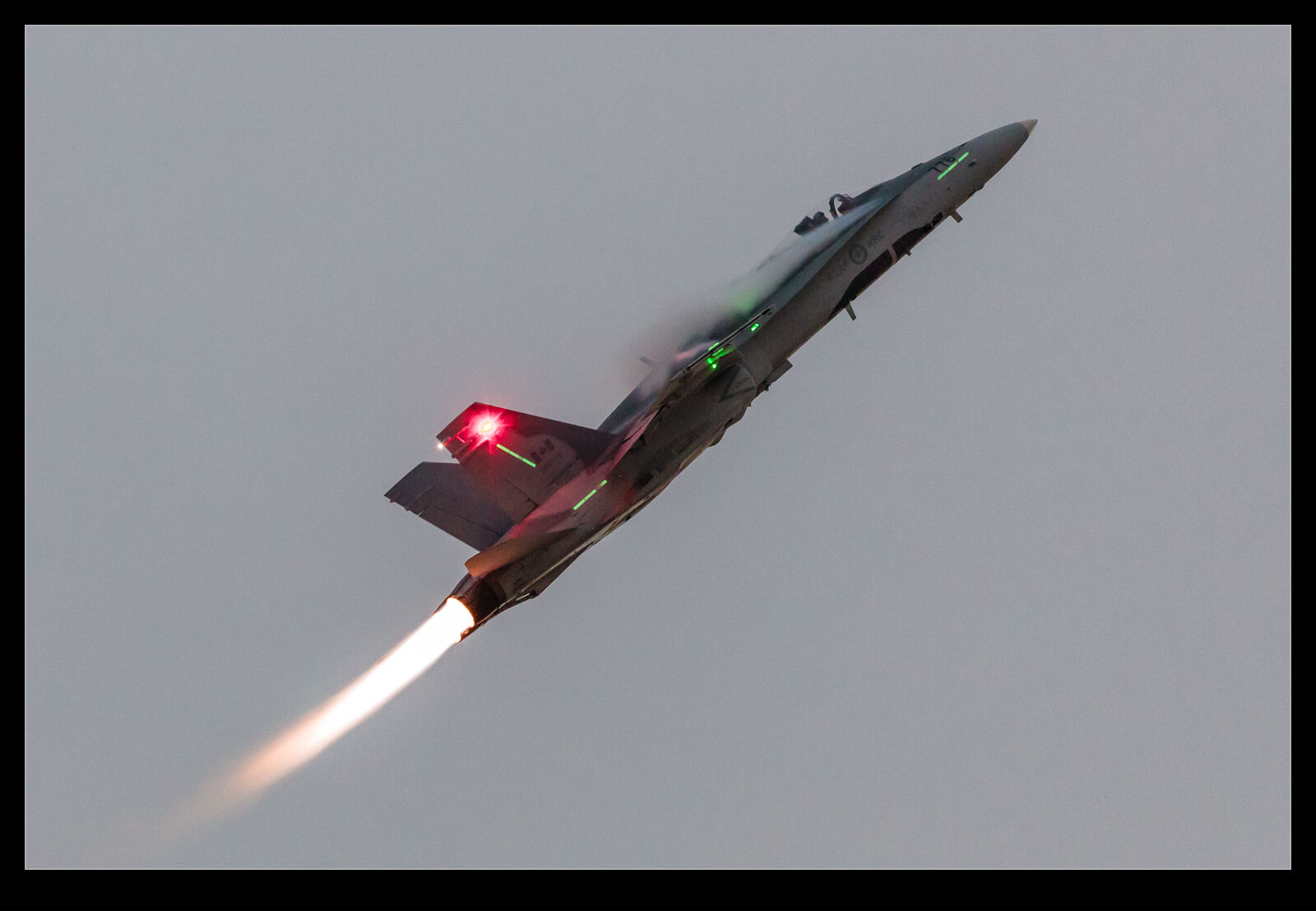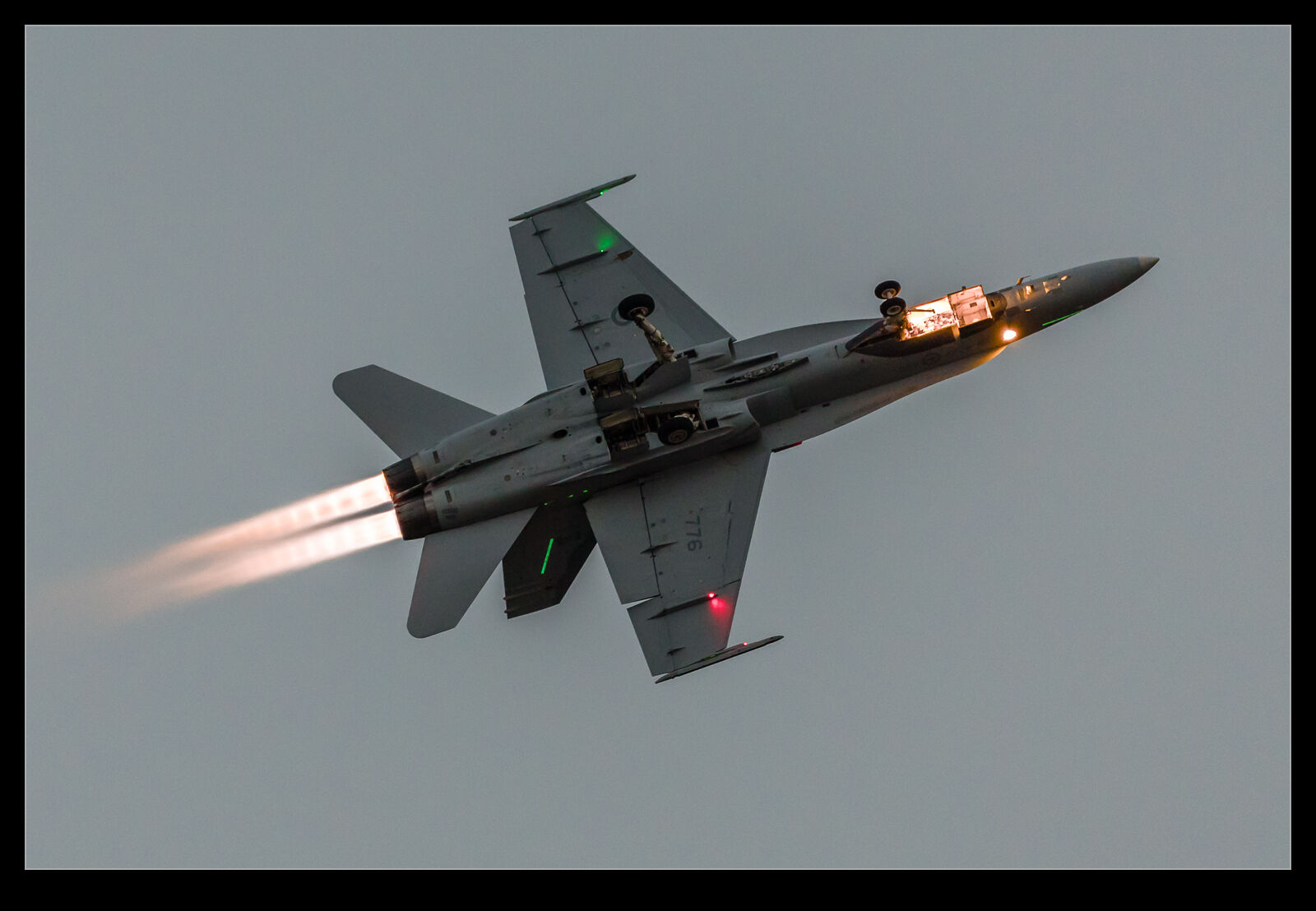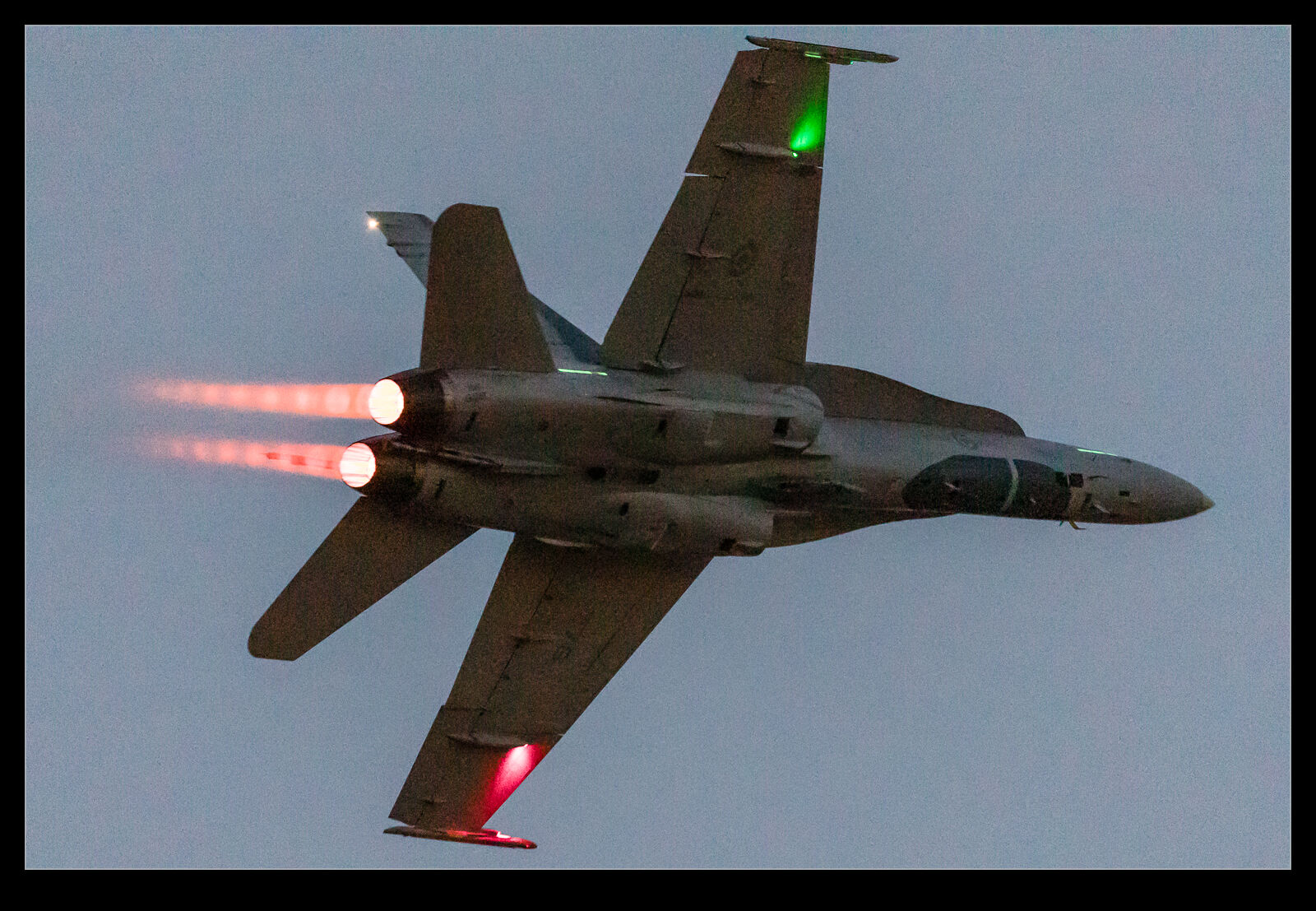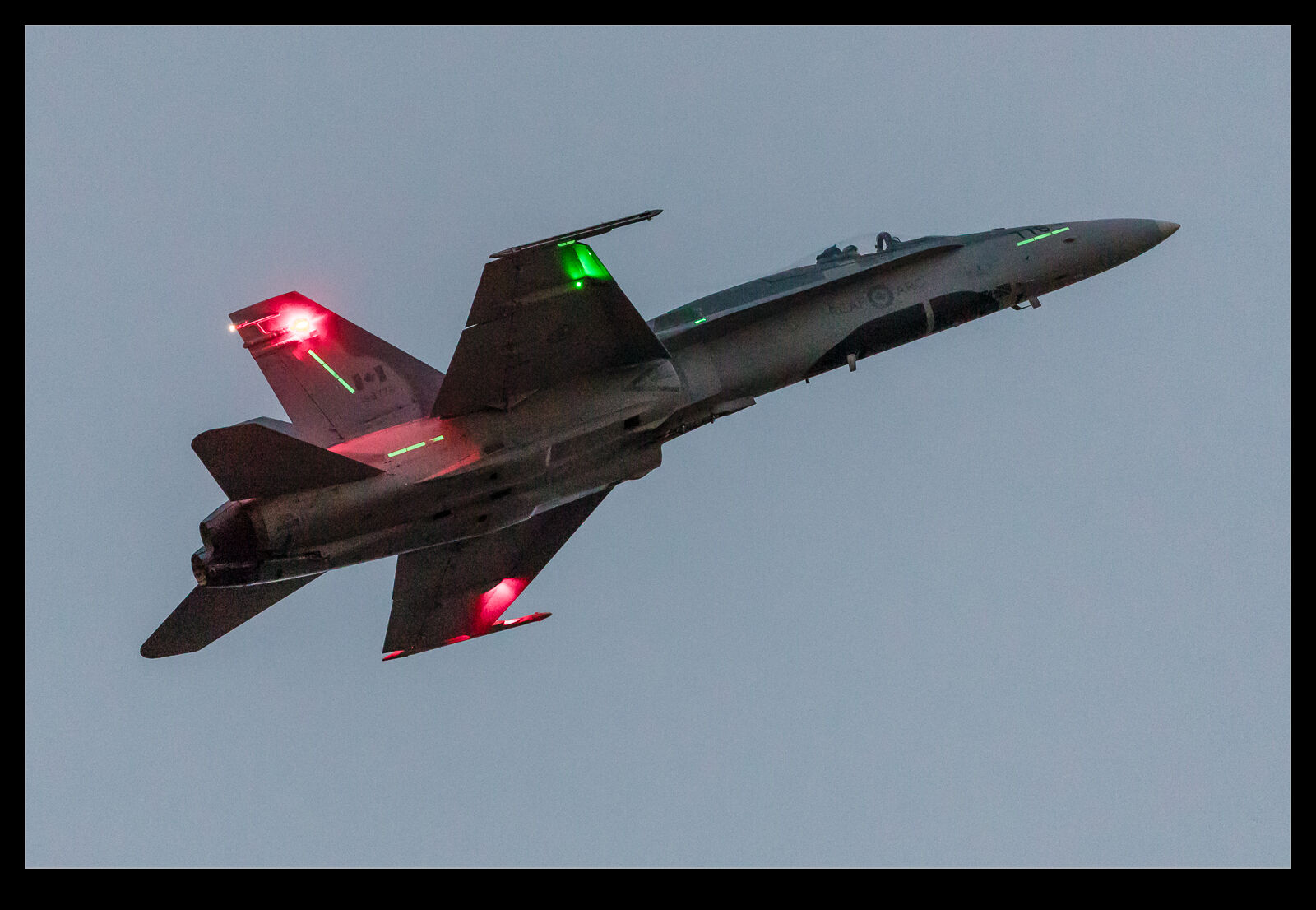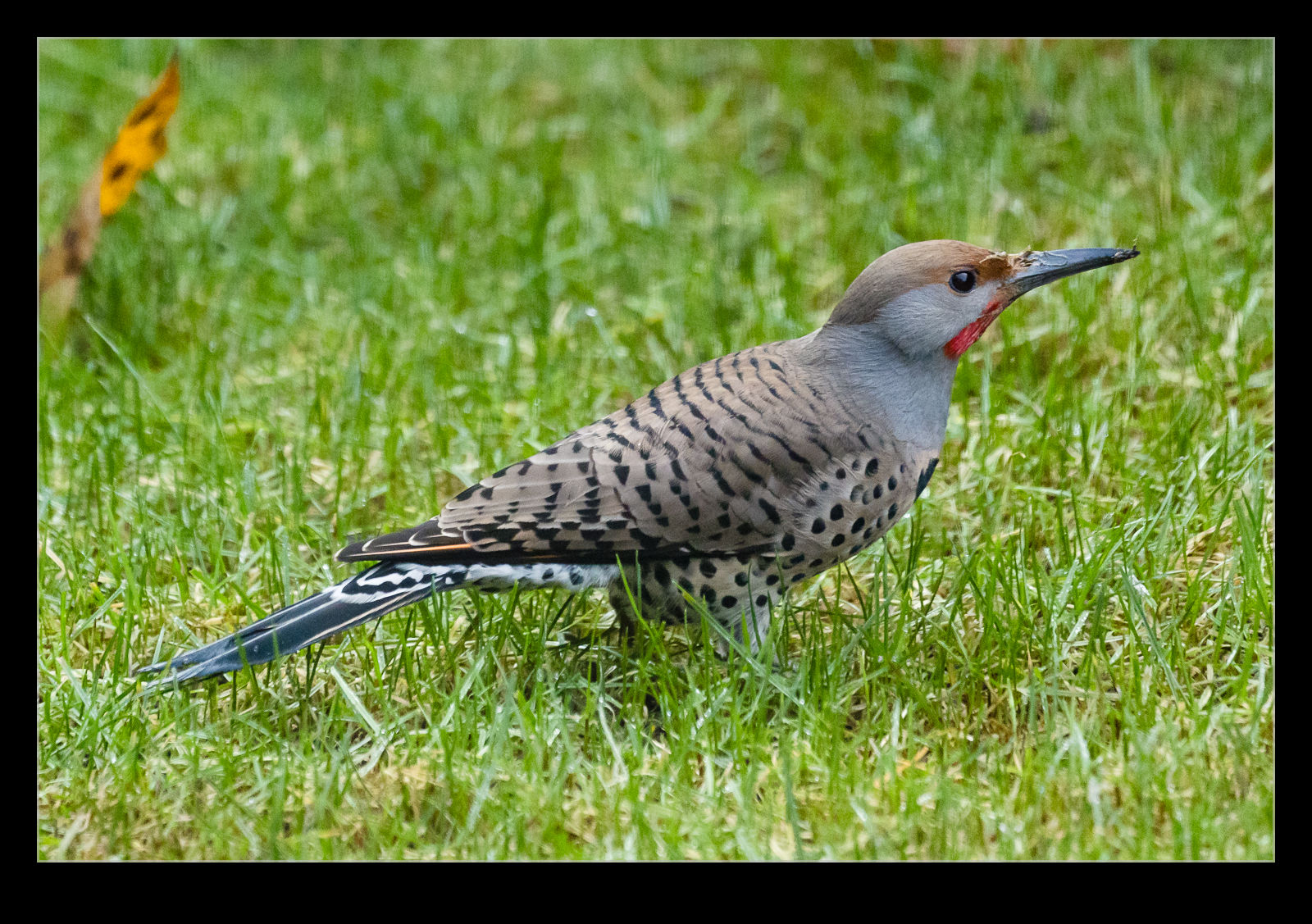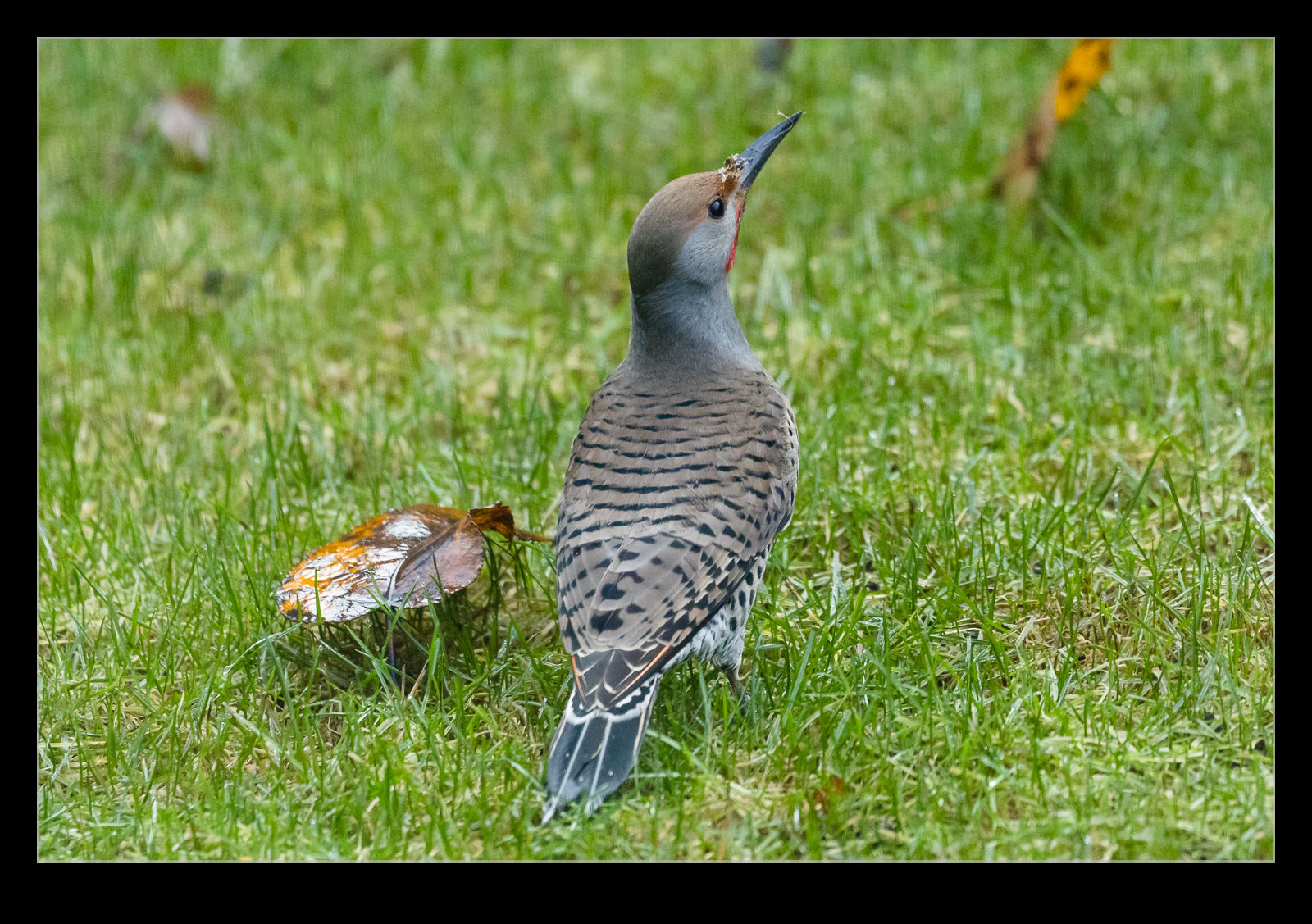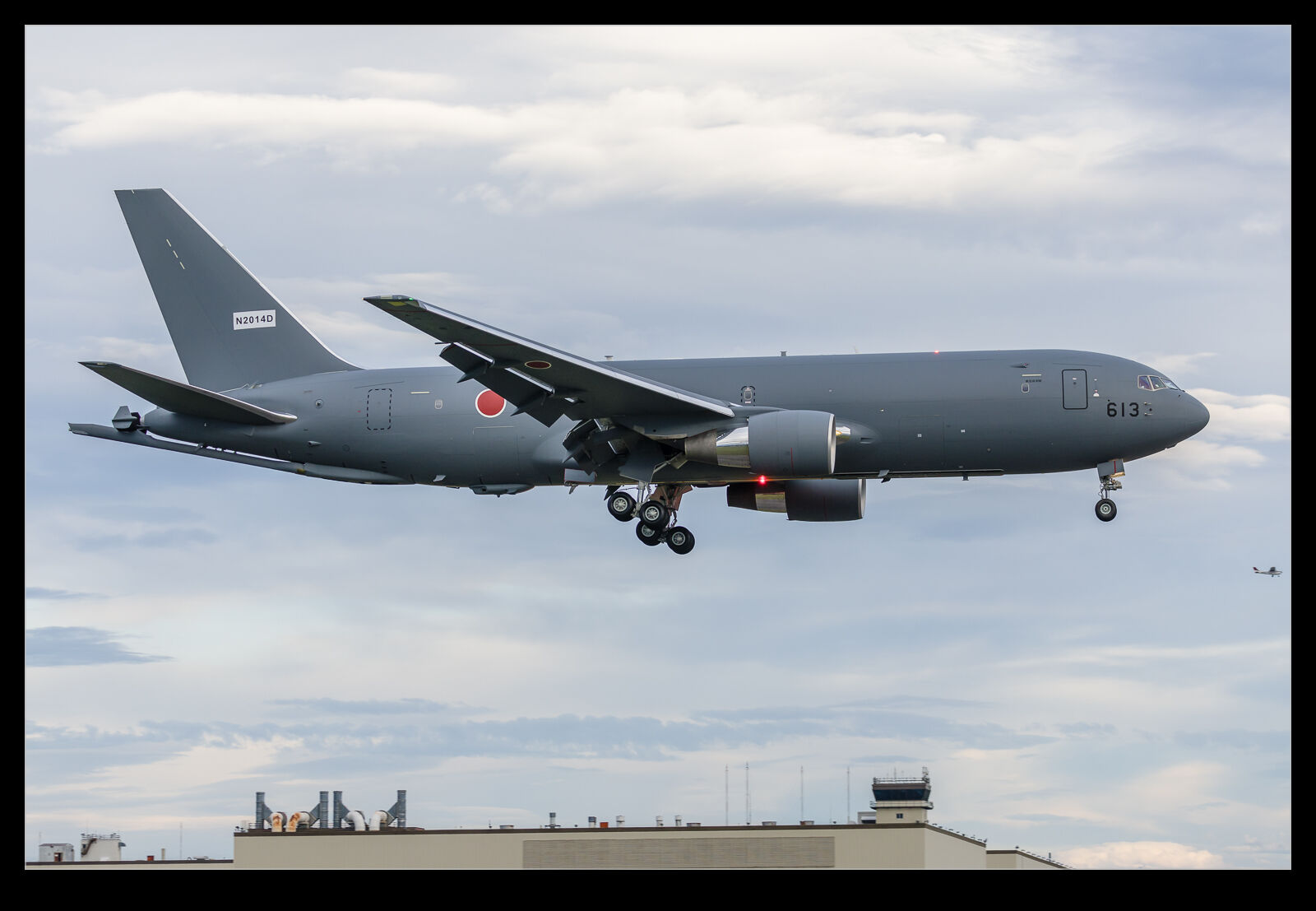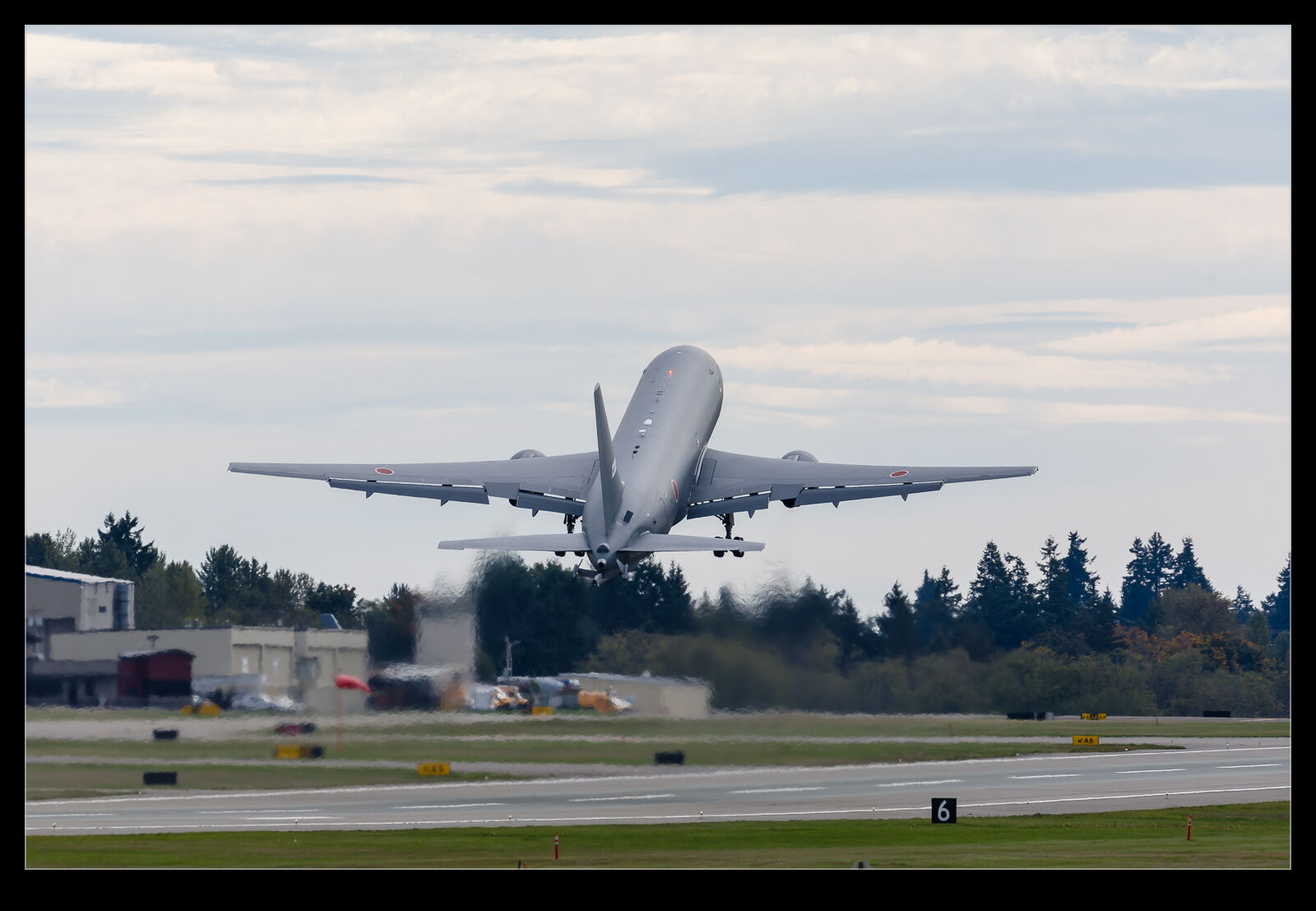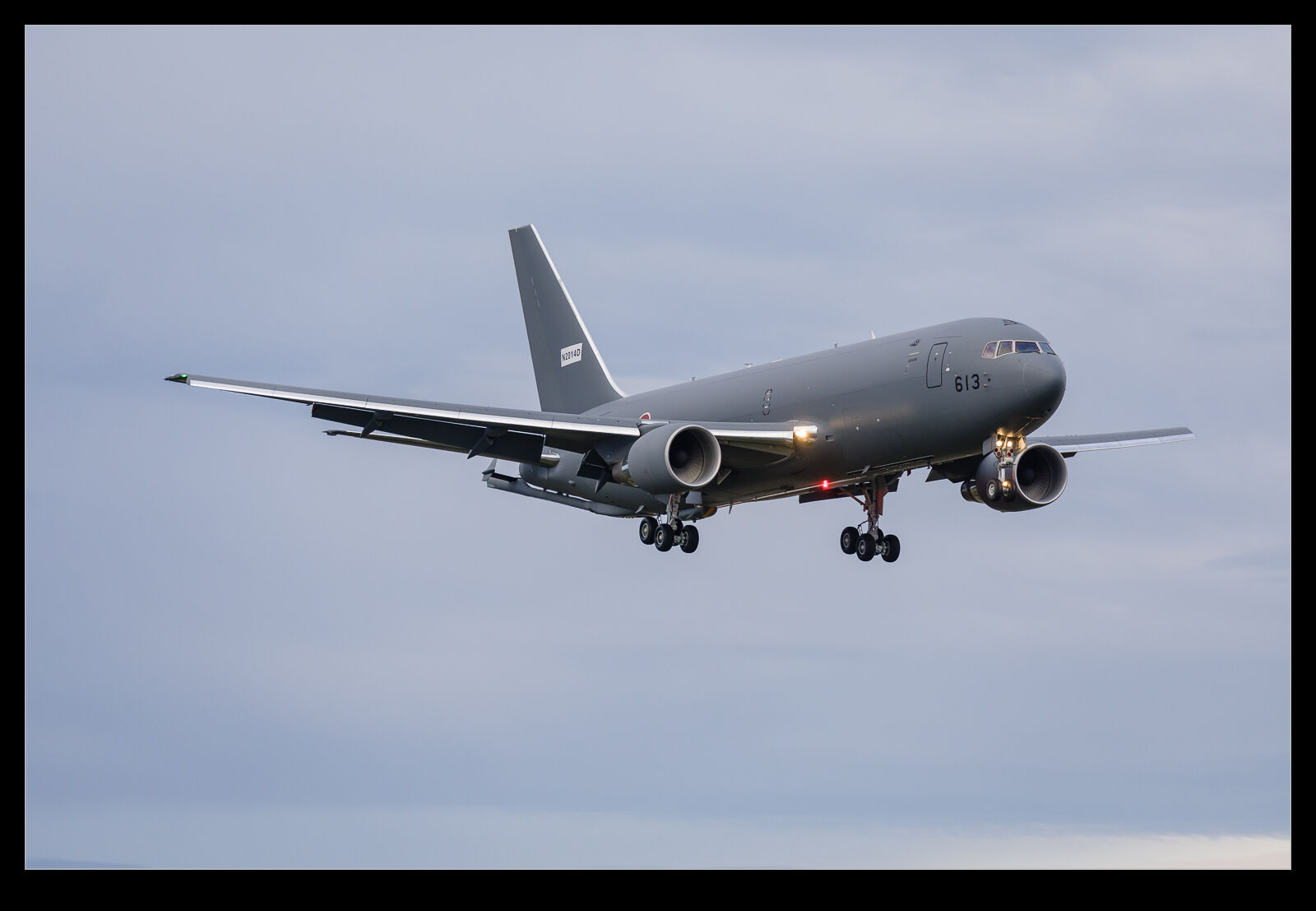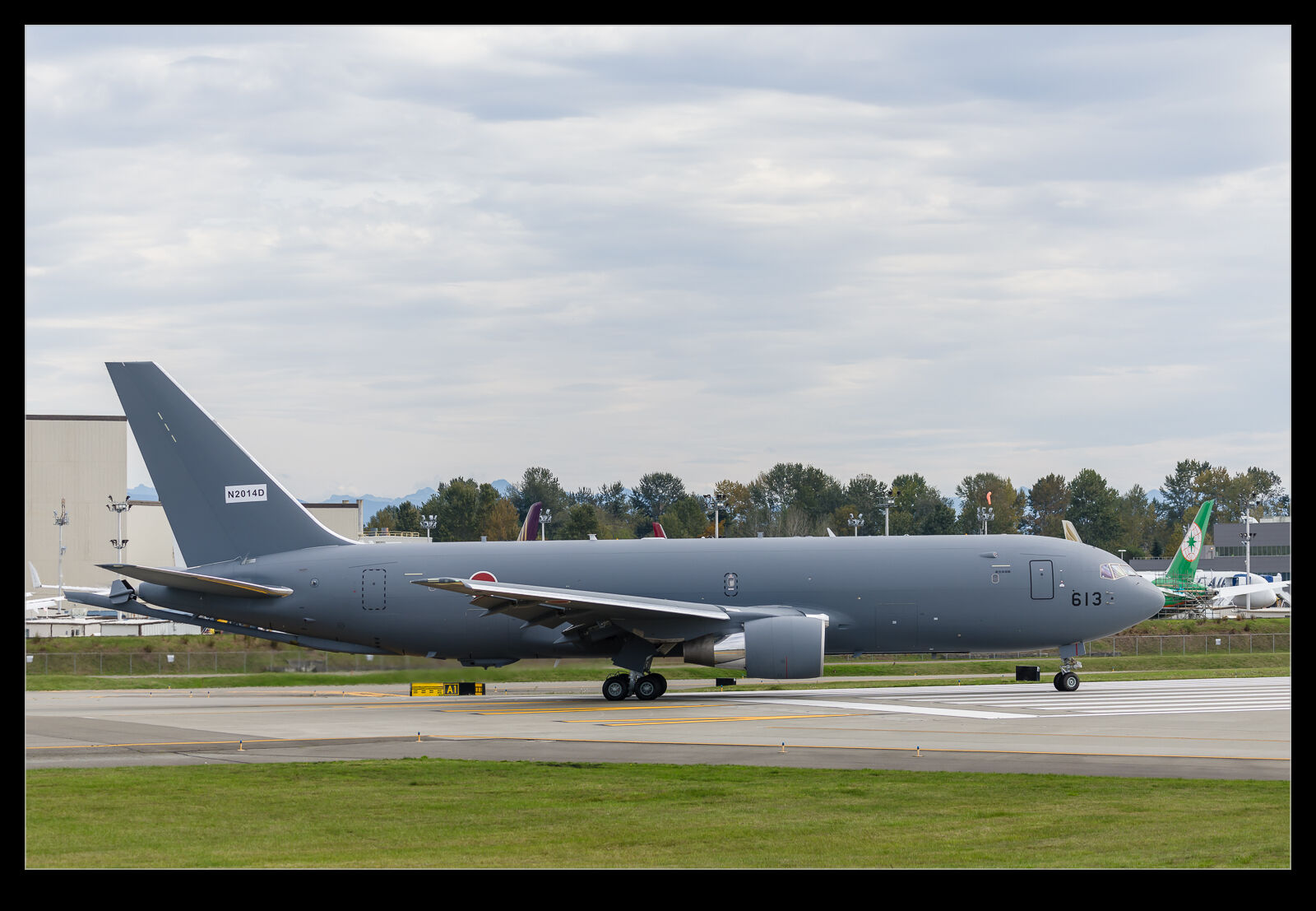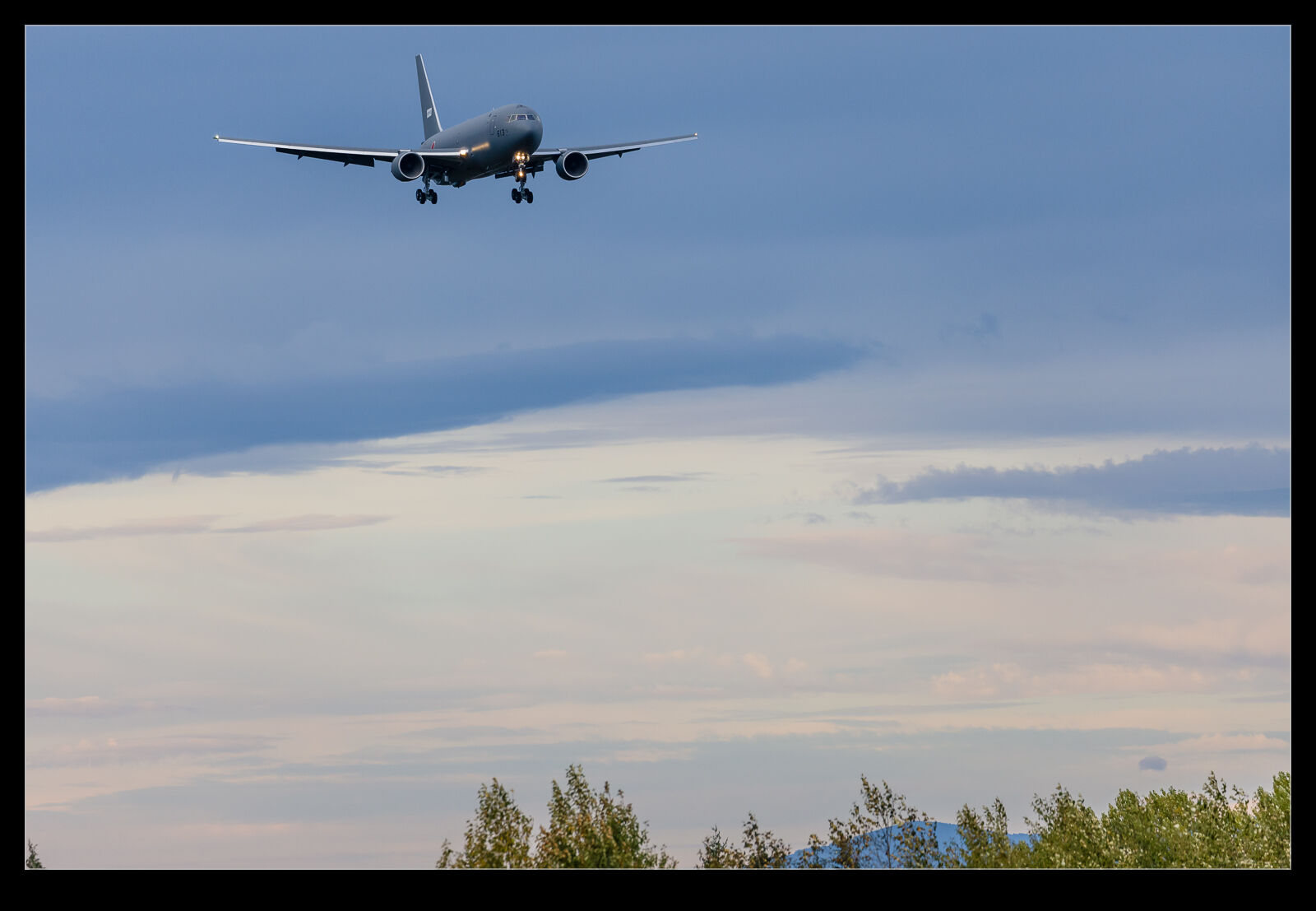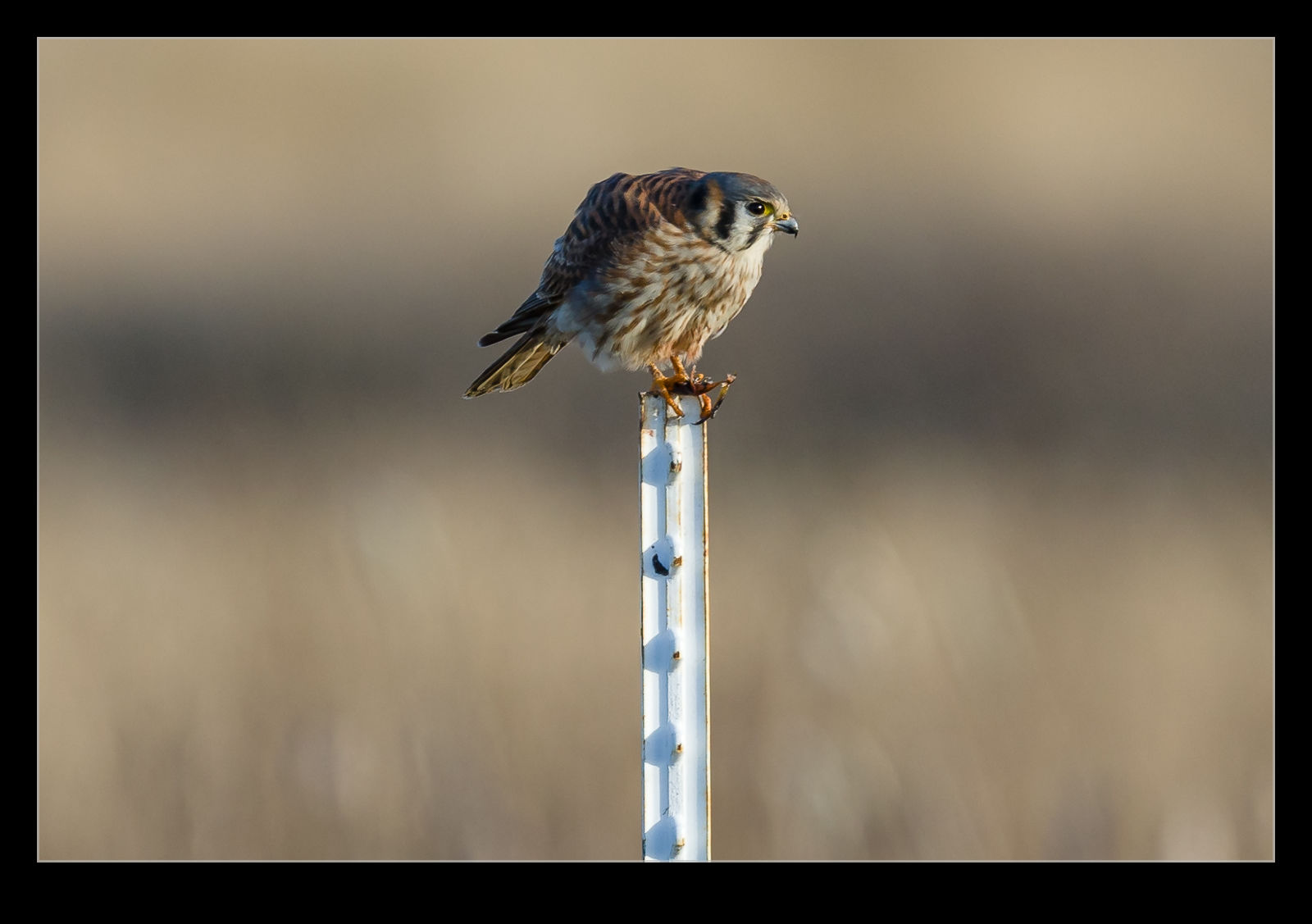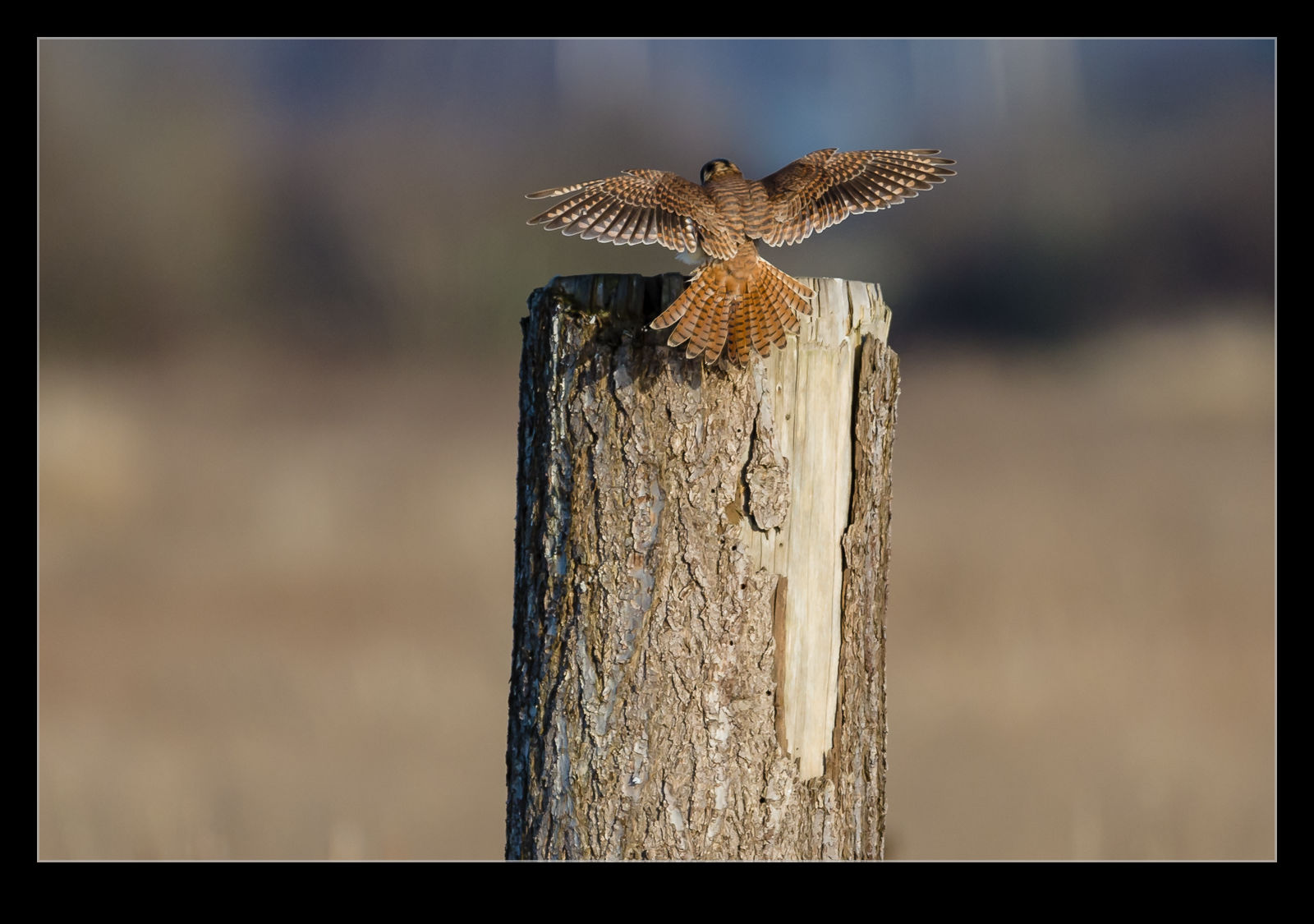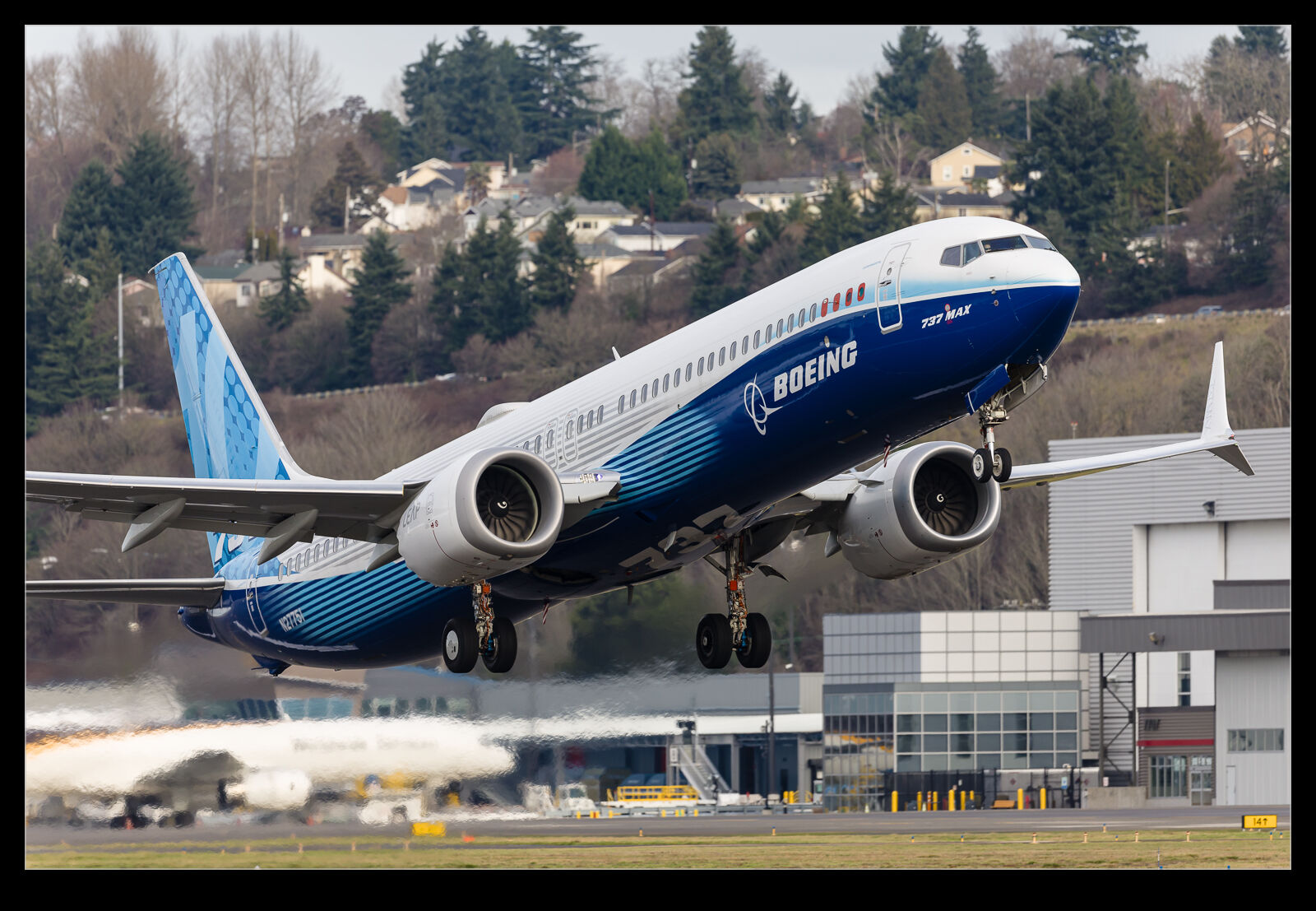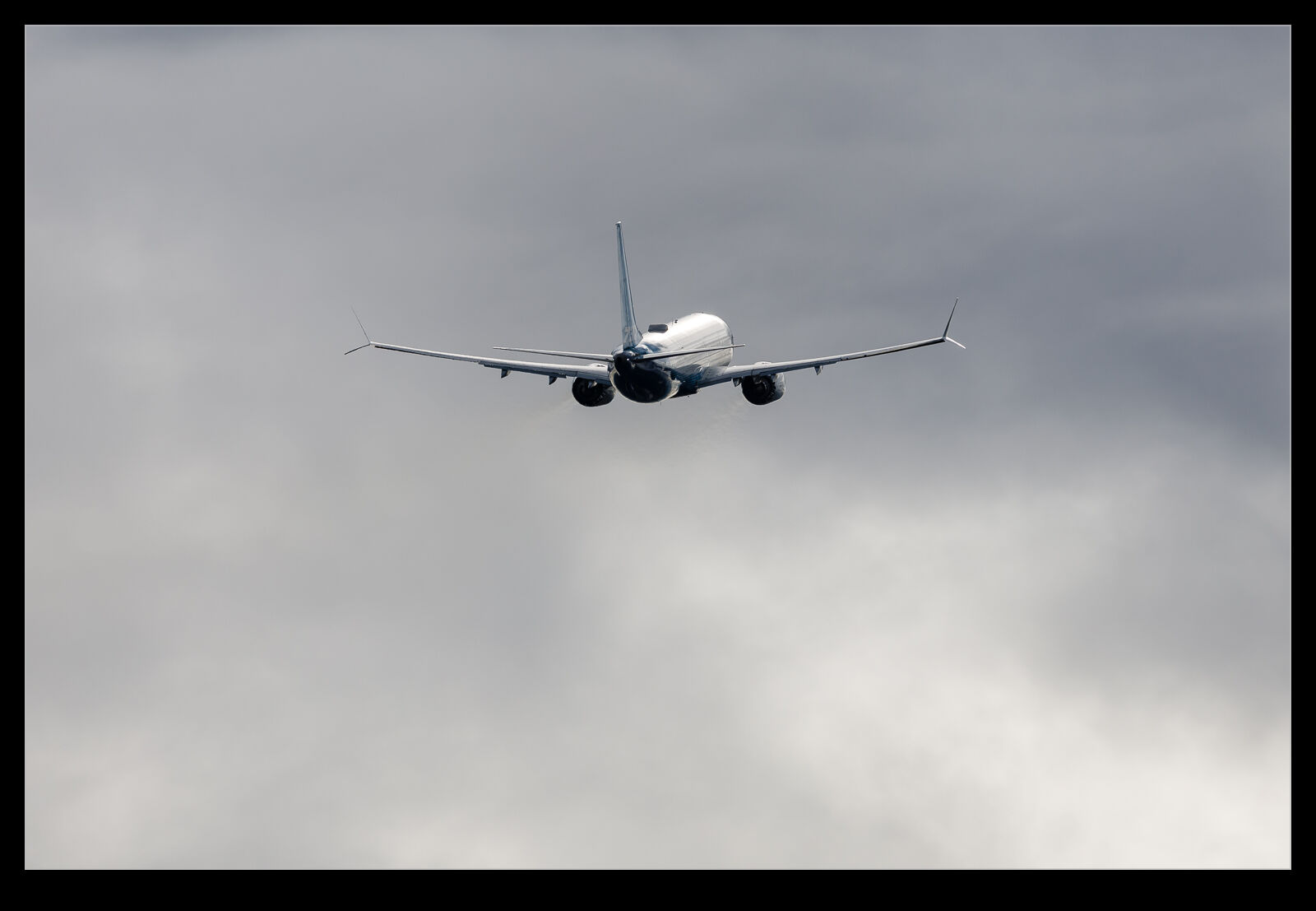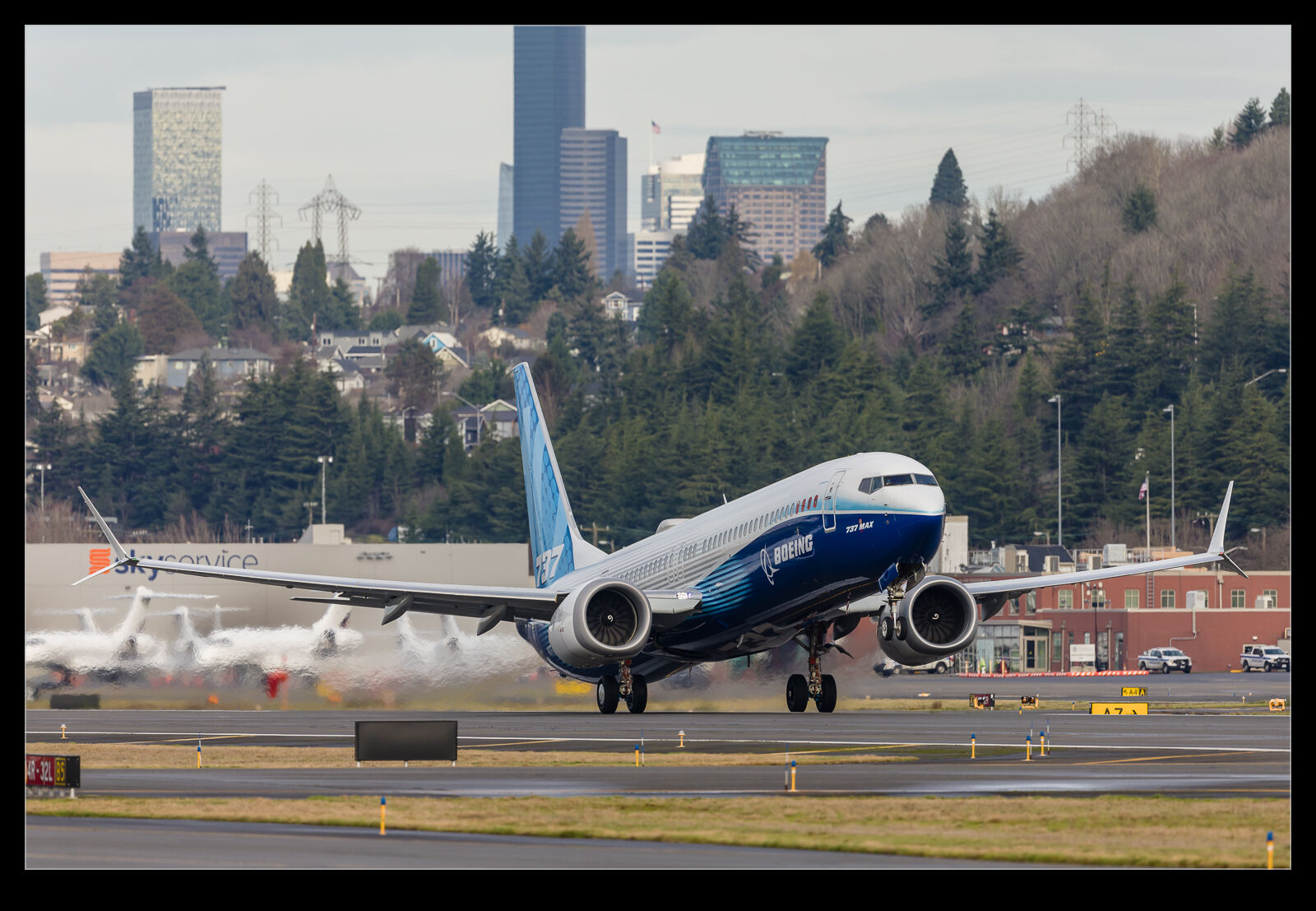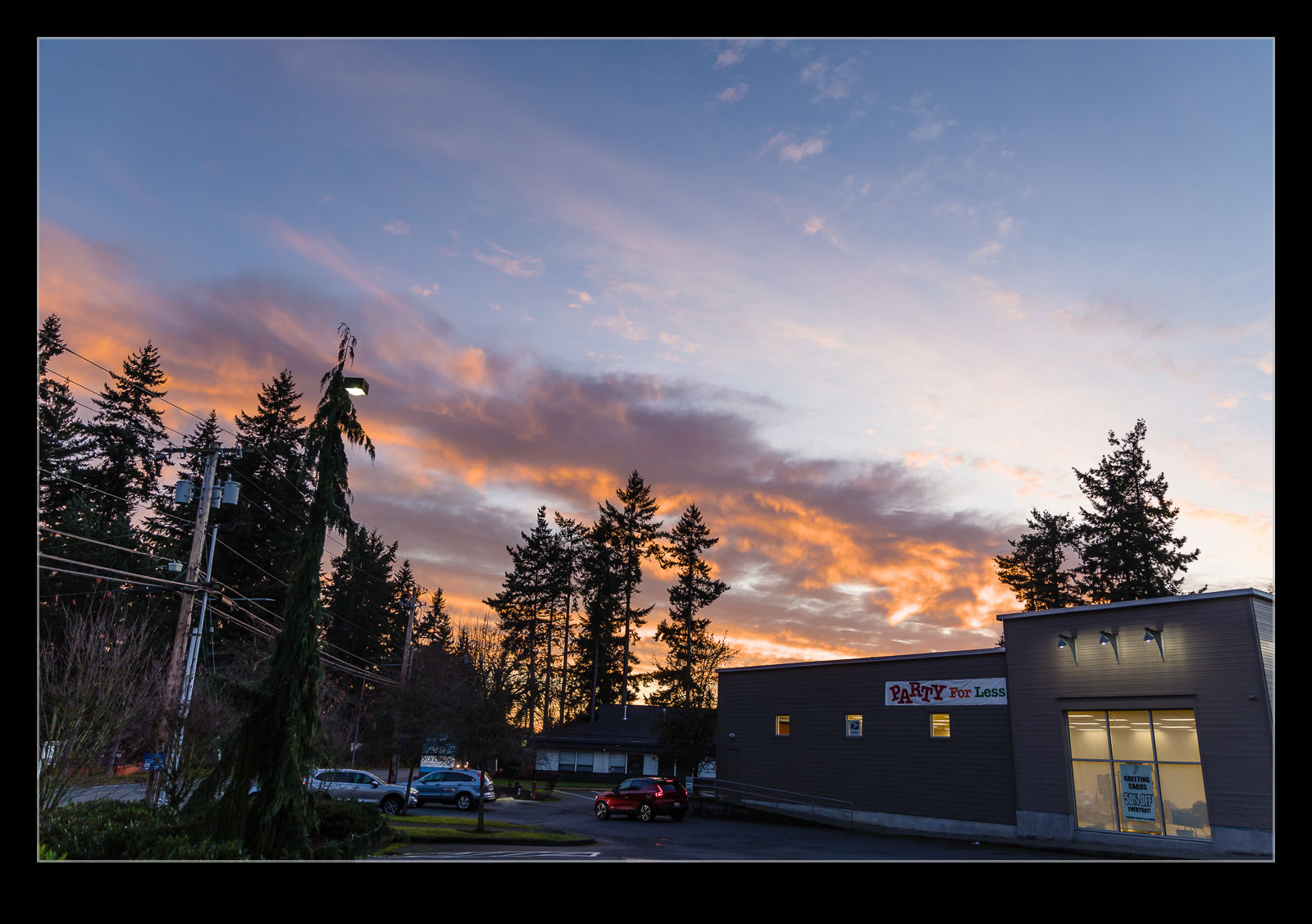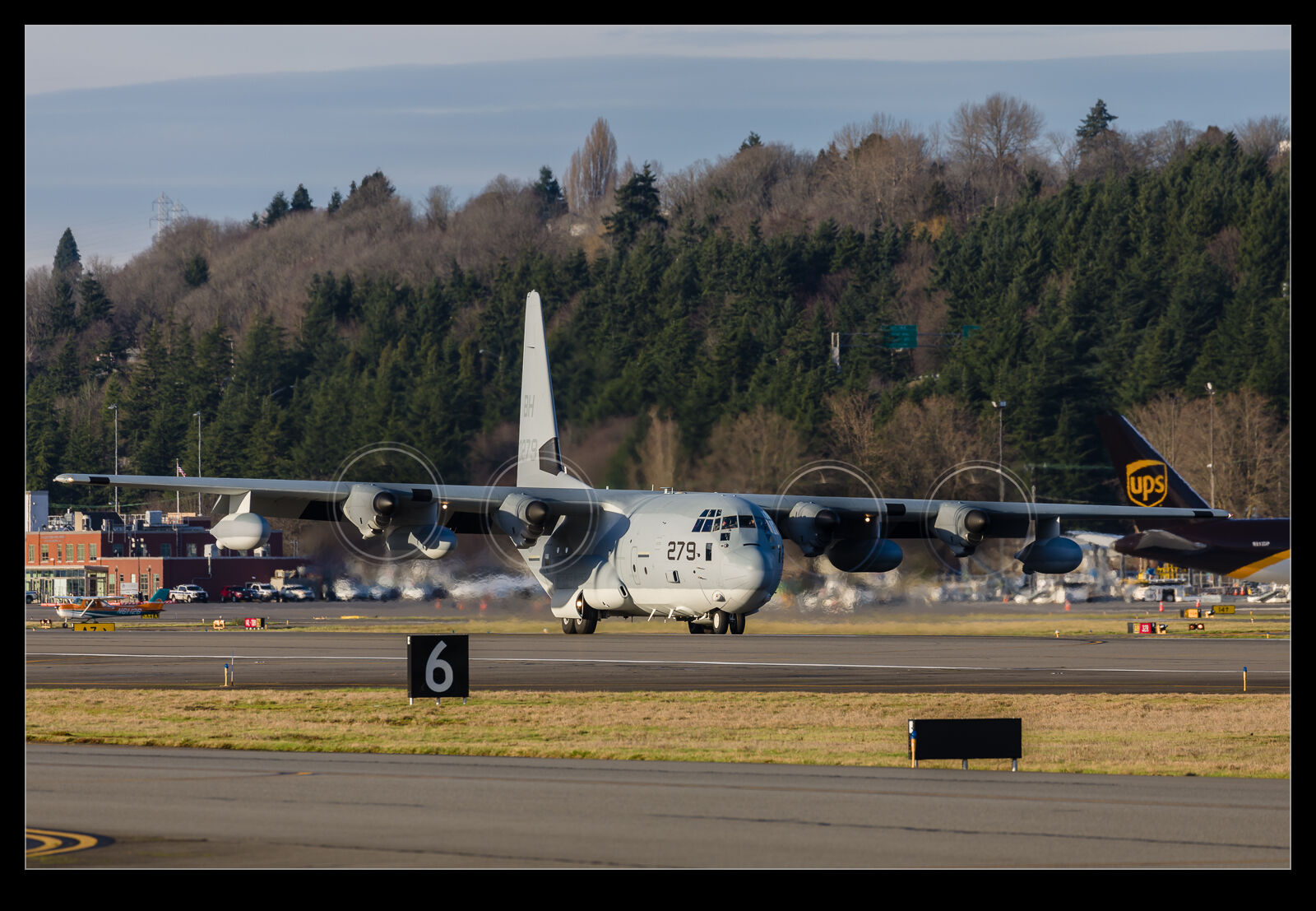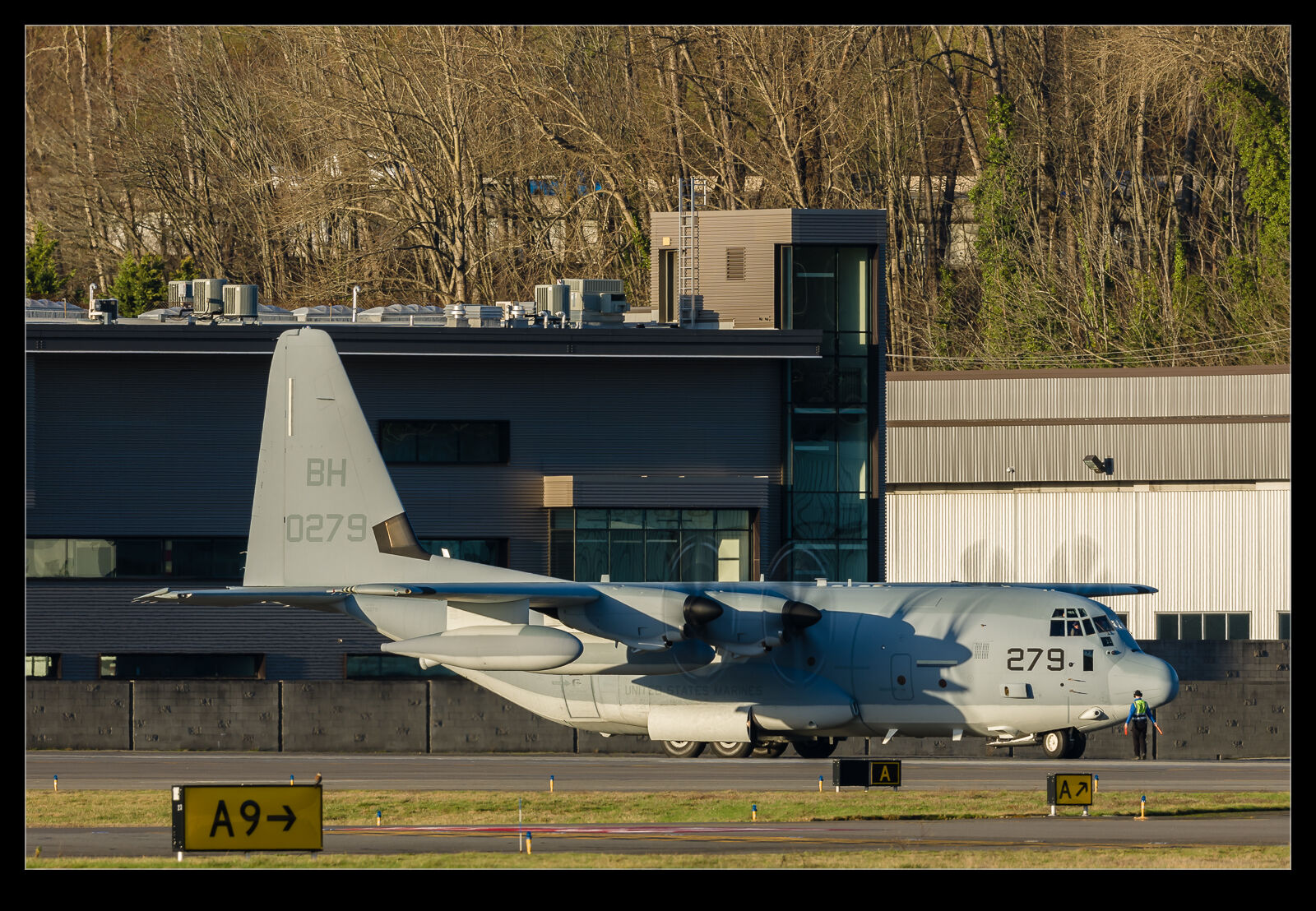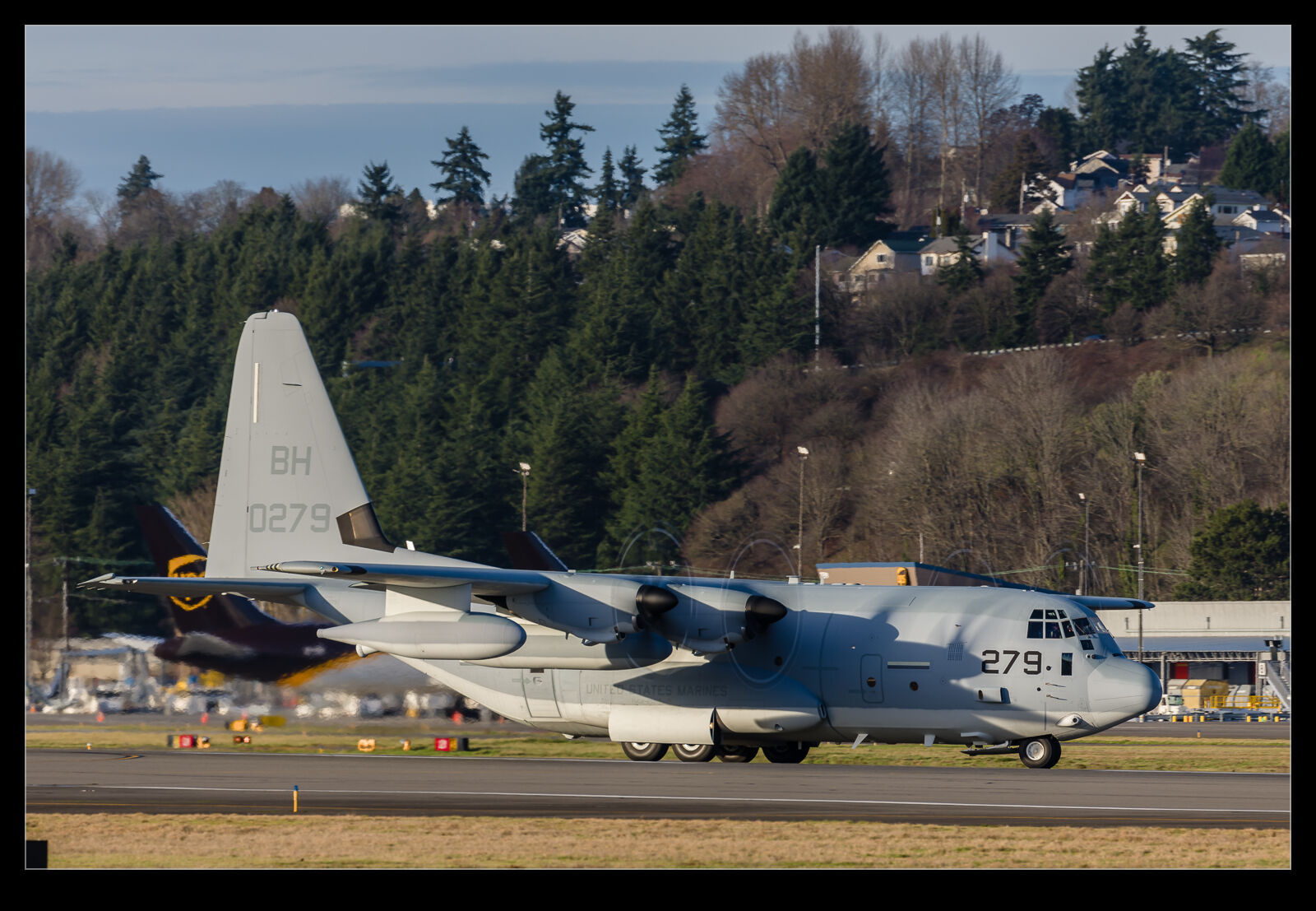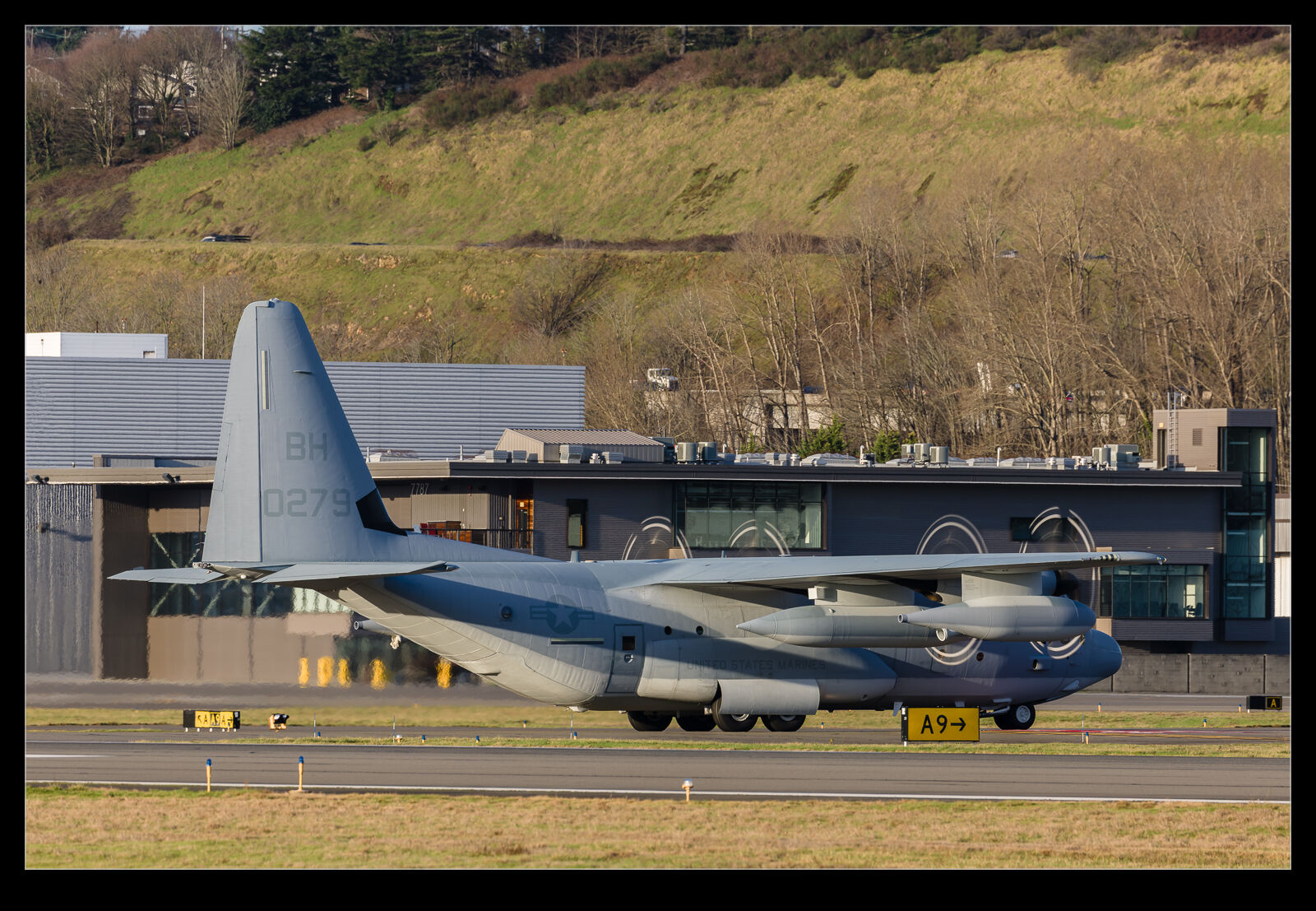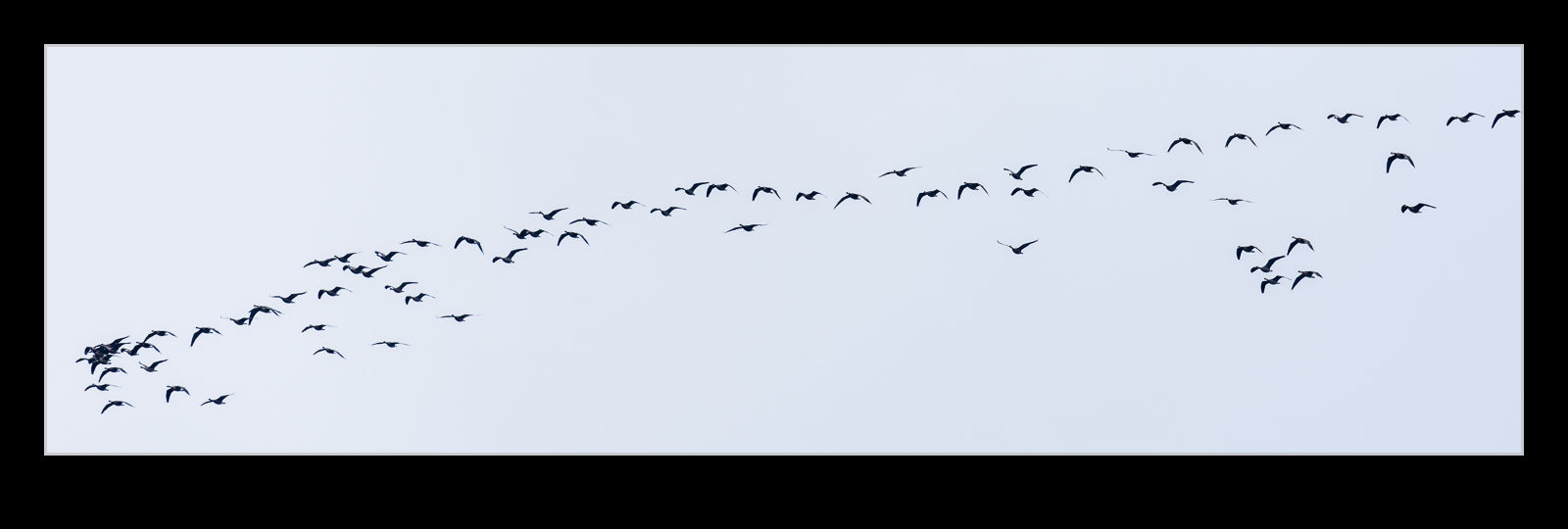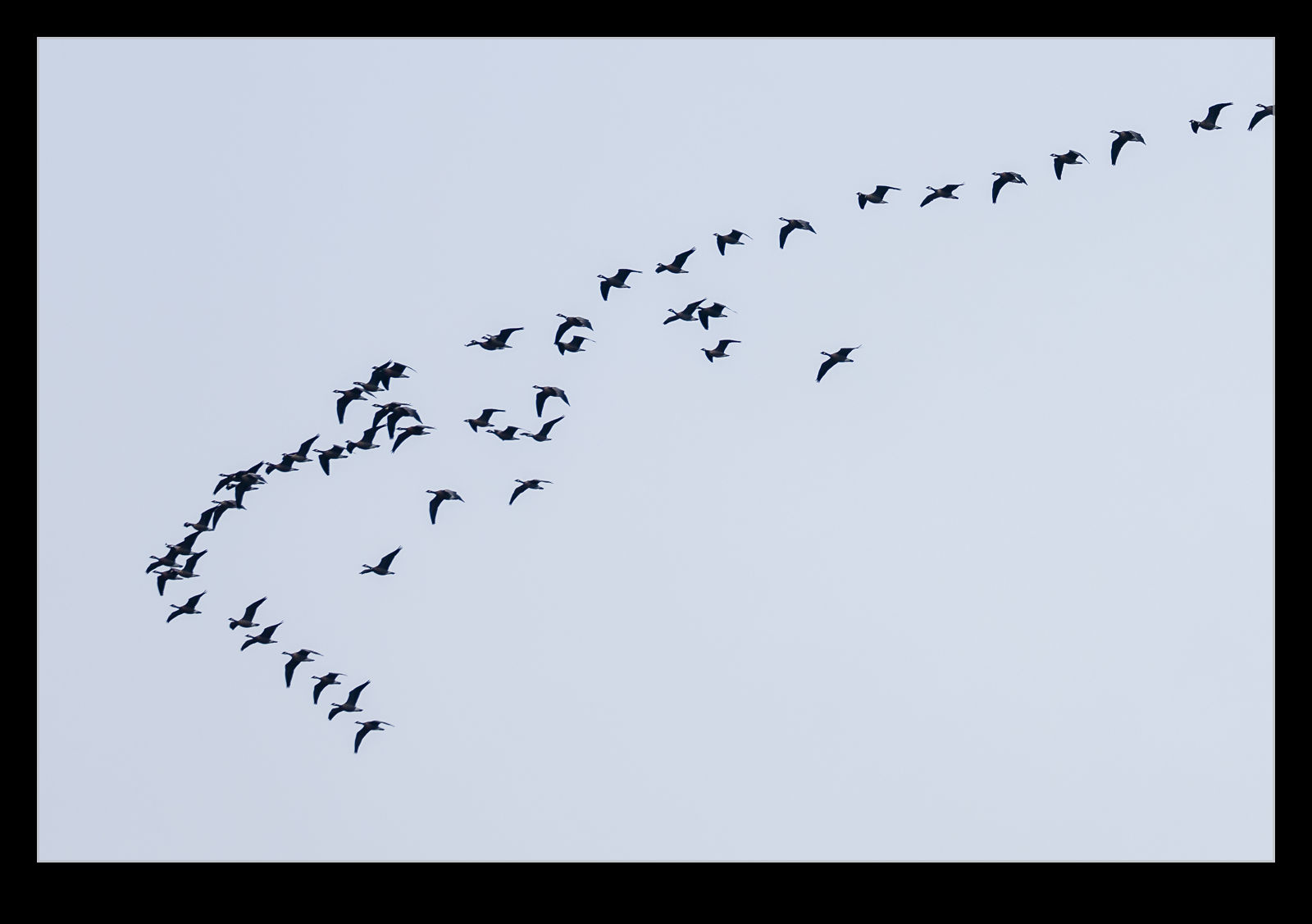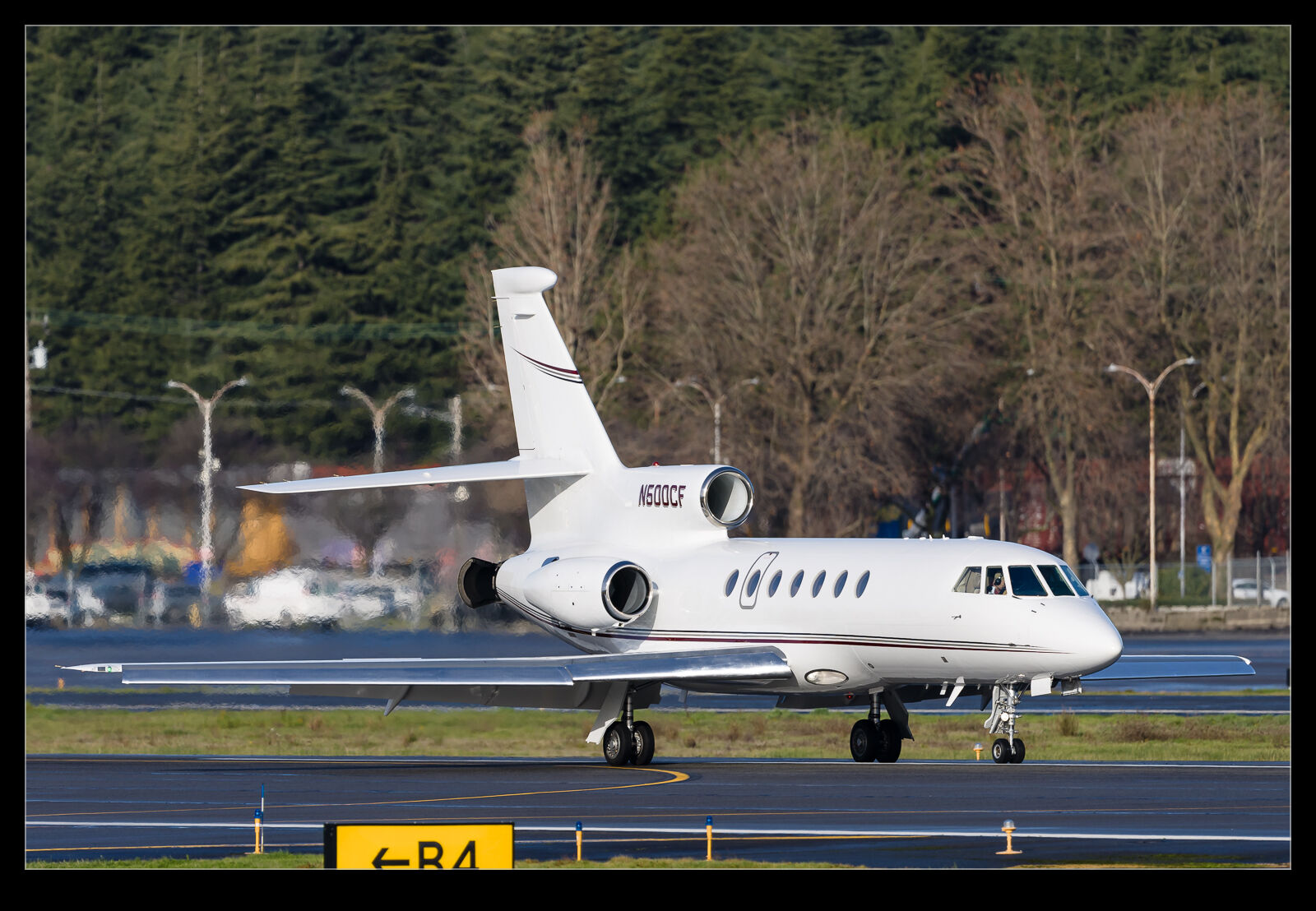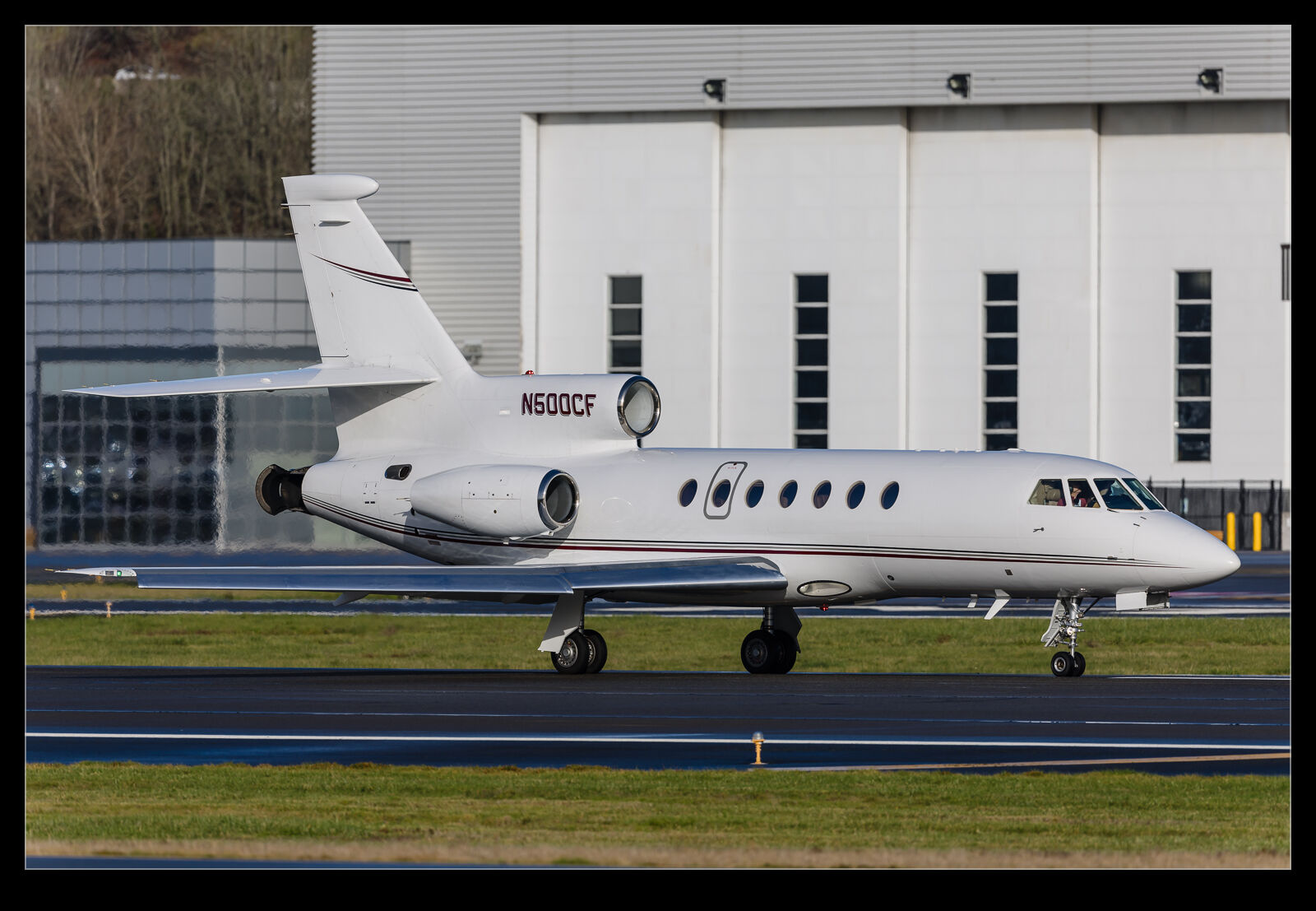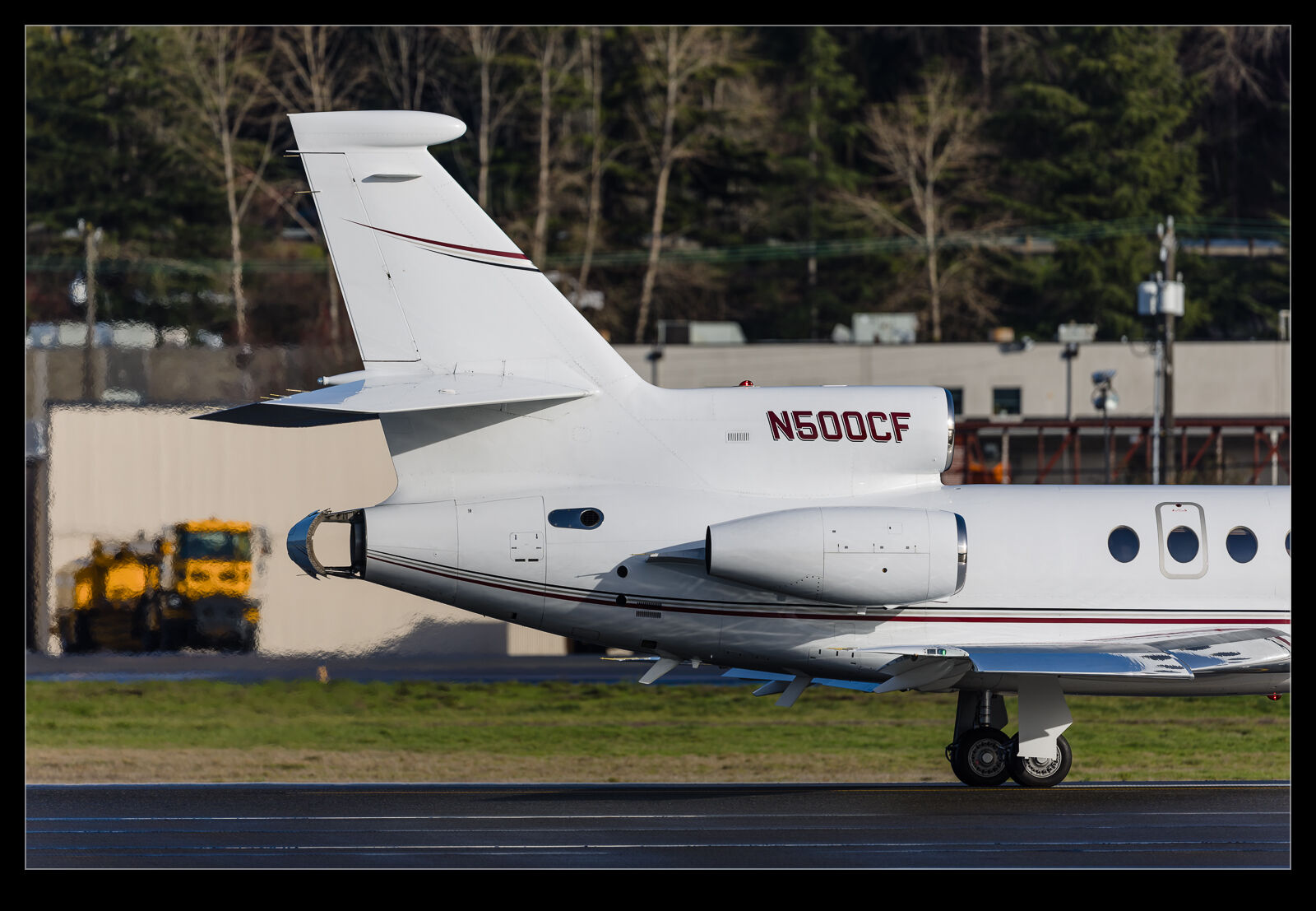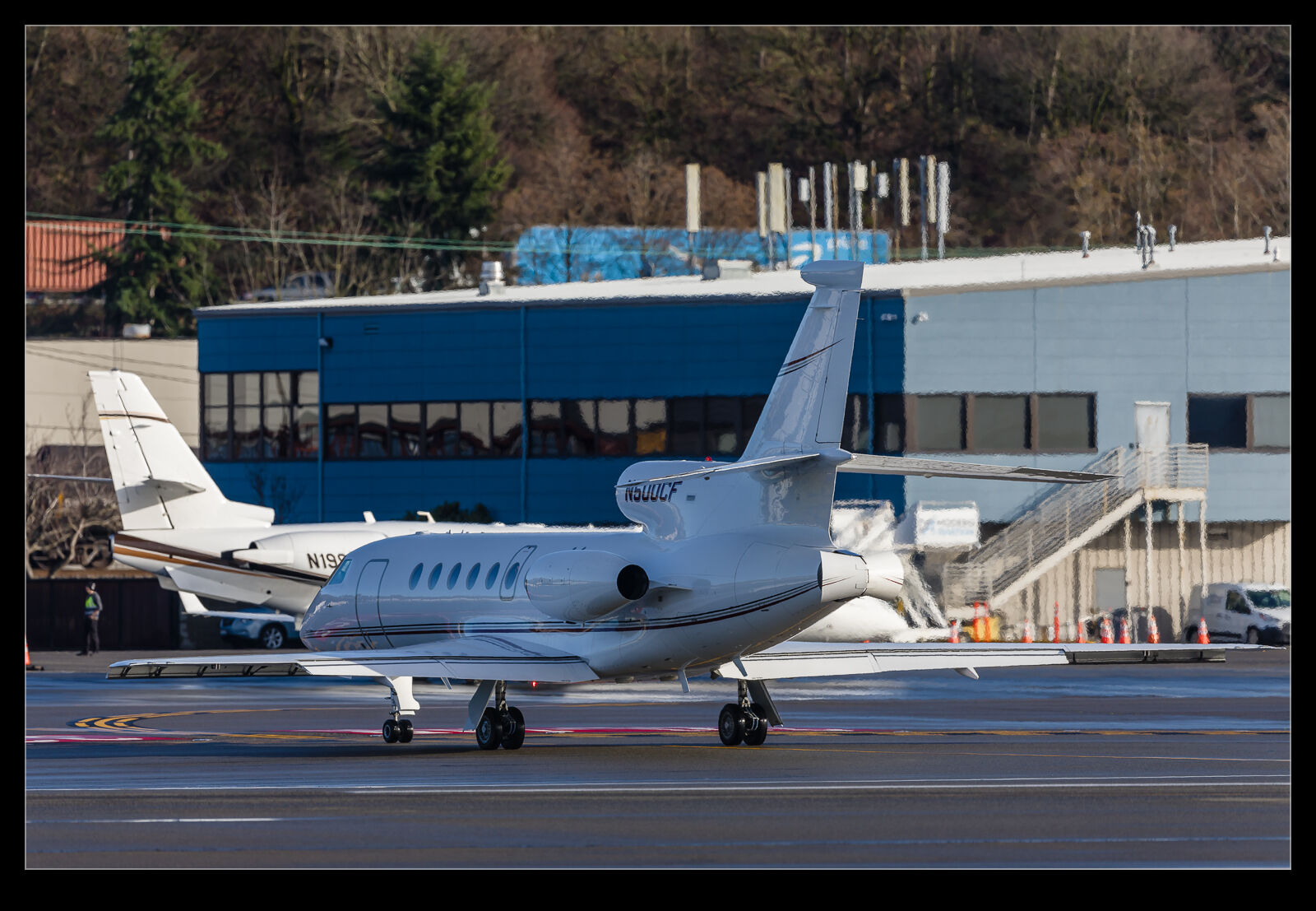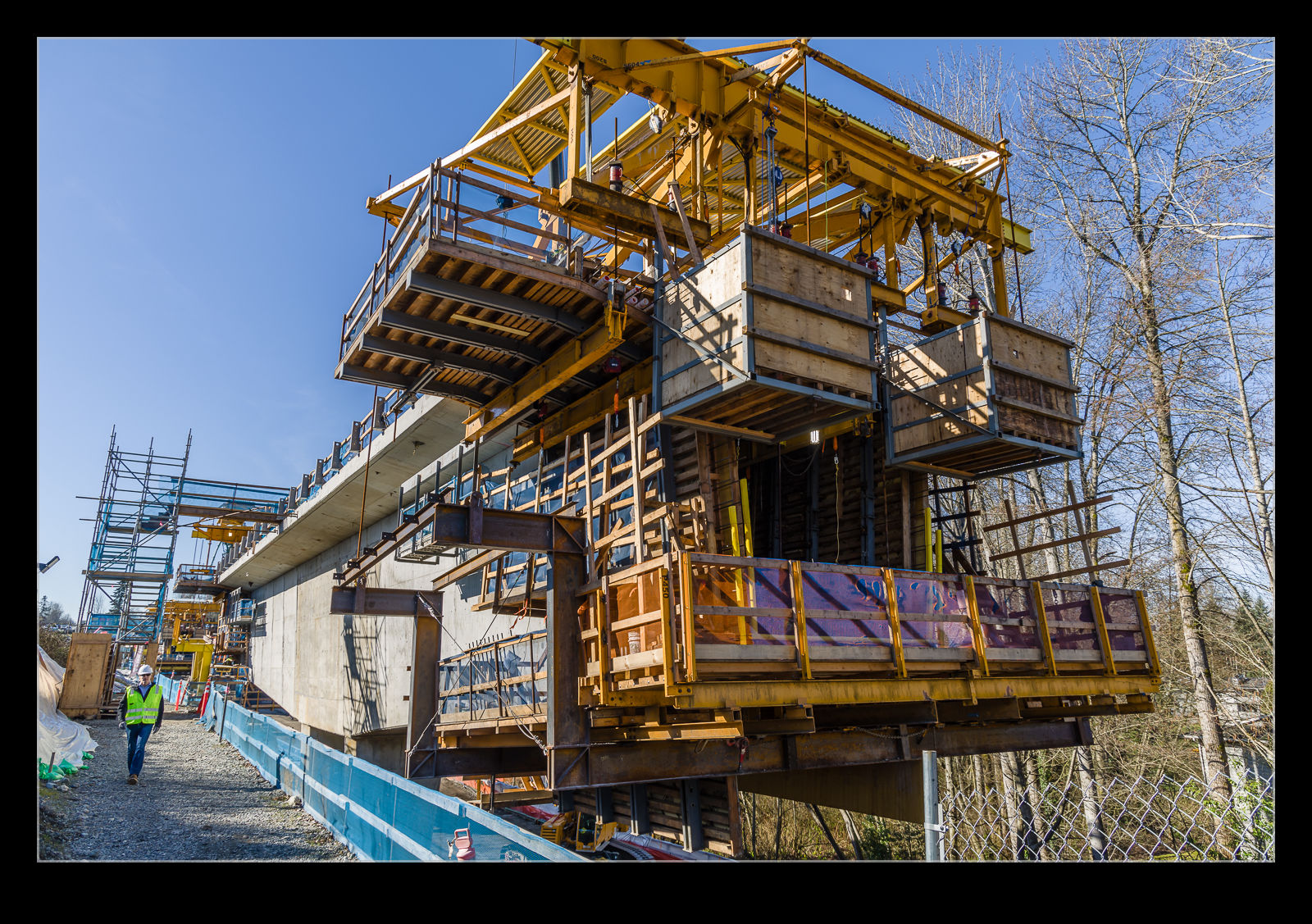 One of our work projects includes the construction of a long span bridge for the light rail line to run over. I have been down on many occasions since the construction started on this section but much of the early work was the preparation of the ground and the creation of the foundations for the final bridge. We now have the piers in place and the construction of the bridge itself is underway.
One of our work projects includes the construction of a long span bridge for the light rail line to run over. I have been down on many occasions since the construction started on this section but much of the early work was the preparation of the ground and the creation of the foundations for the final bridge. We now have the piers in place and the construction of the bridge itself is underway.
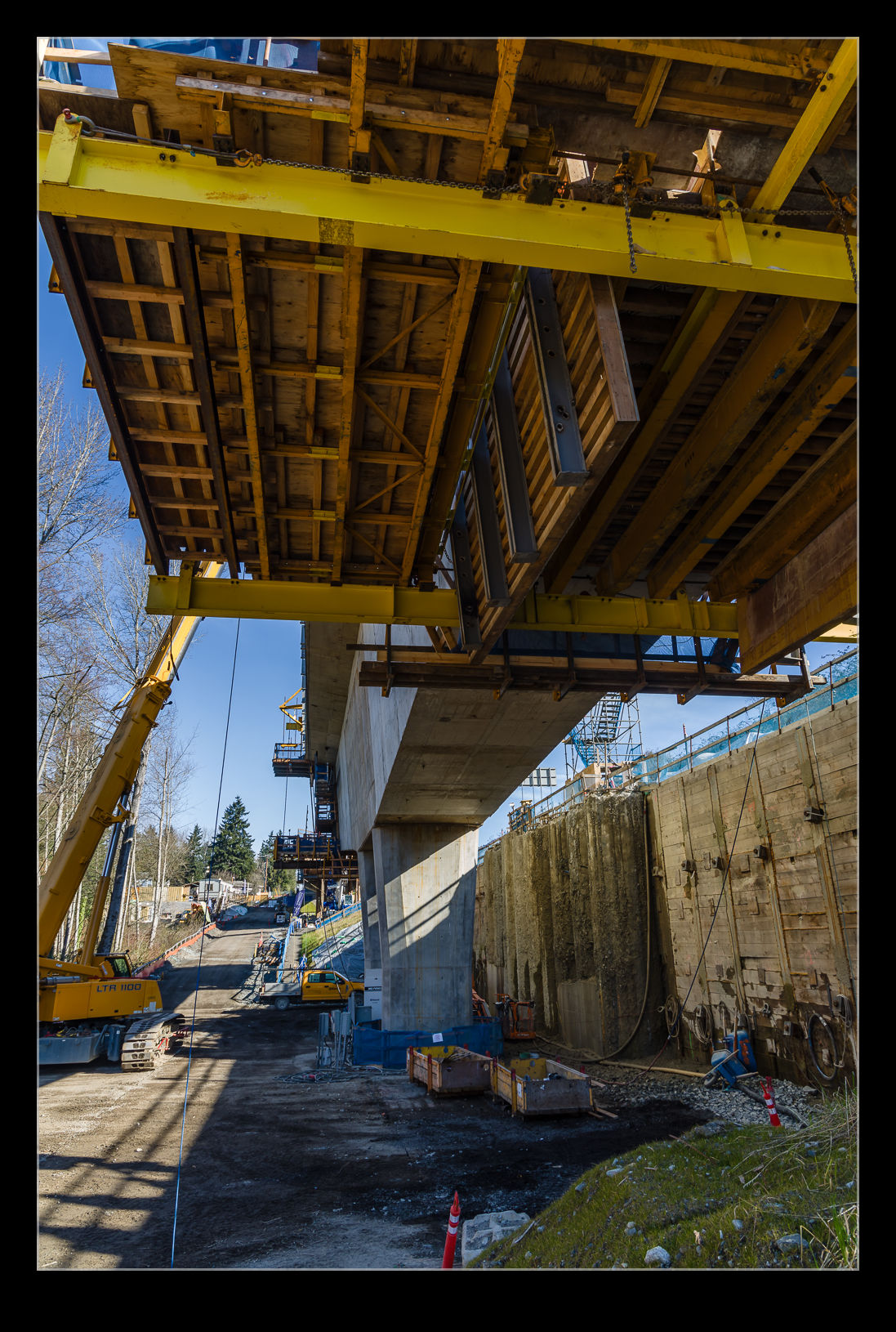 This type of construction involves casting the bridge in sections in place rather than offsite and then bringing them in. Steel supporters called travelers, hold the formwork in place as each section is cast. When it is cured, the traveler moves out onto the new section and the process is repeated. This happens symmetrically about the pier, so the bridge grows out in both directions at once keeping everything balanced.
This type of construction involves casting the bridge in sections in place rather than offsite and then bringing them in. Steel supporters called travelers, hold the formwork in place as each section is cast. When it is cured, the traveler moves out onto the new section and the process is repeated. This happens symmetrically about the pier, so the bridge grows out in both directions at once keeping everything balanced.
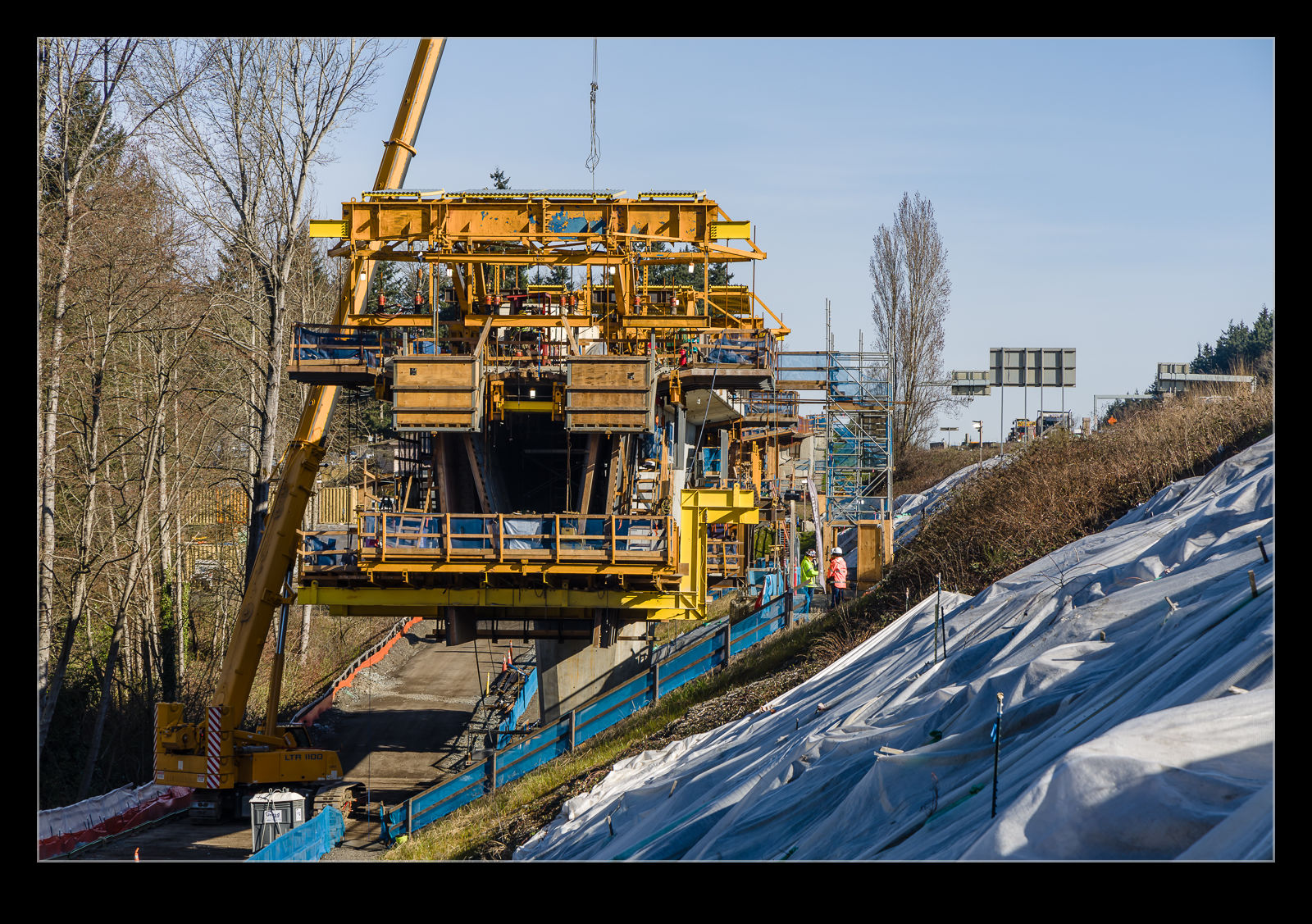 The process moves quite quickly so, each time I go down, the bridge has got noticeably larger. There are actually to sections happening at once to make the two halves of the bridge. They grow towards each other, and the final casting will connect the two cantilevered spans to complete the bridge. That will happen later in 2024. The section of the bridge is hollow so it will be possible to access the insides of it in the future. If I get a chance to go inside at some point, expect more images here.
The process moves quite quickly so, each time I go down, the bridge has got noticeably larger. There are actually to sections happening at once to make the two halves of the bridge. They grow towards each other, and the final casting will connect the two cantilevered spans to complete the bridge. That will happen later in 2024. The section of the bridge is hollow so it will be possible to access the insides of it in the future. If I get a chance to go inside at some point, expect more images here.
